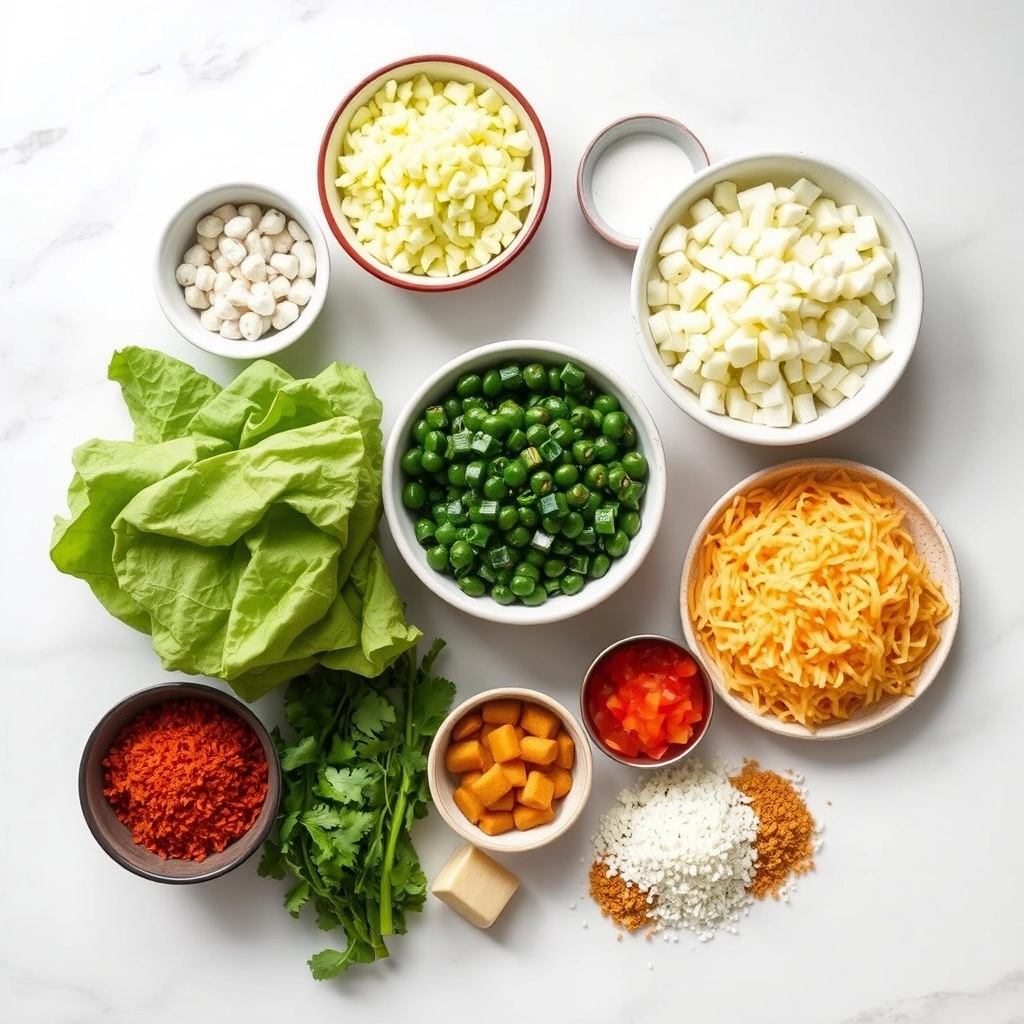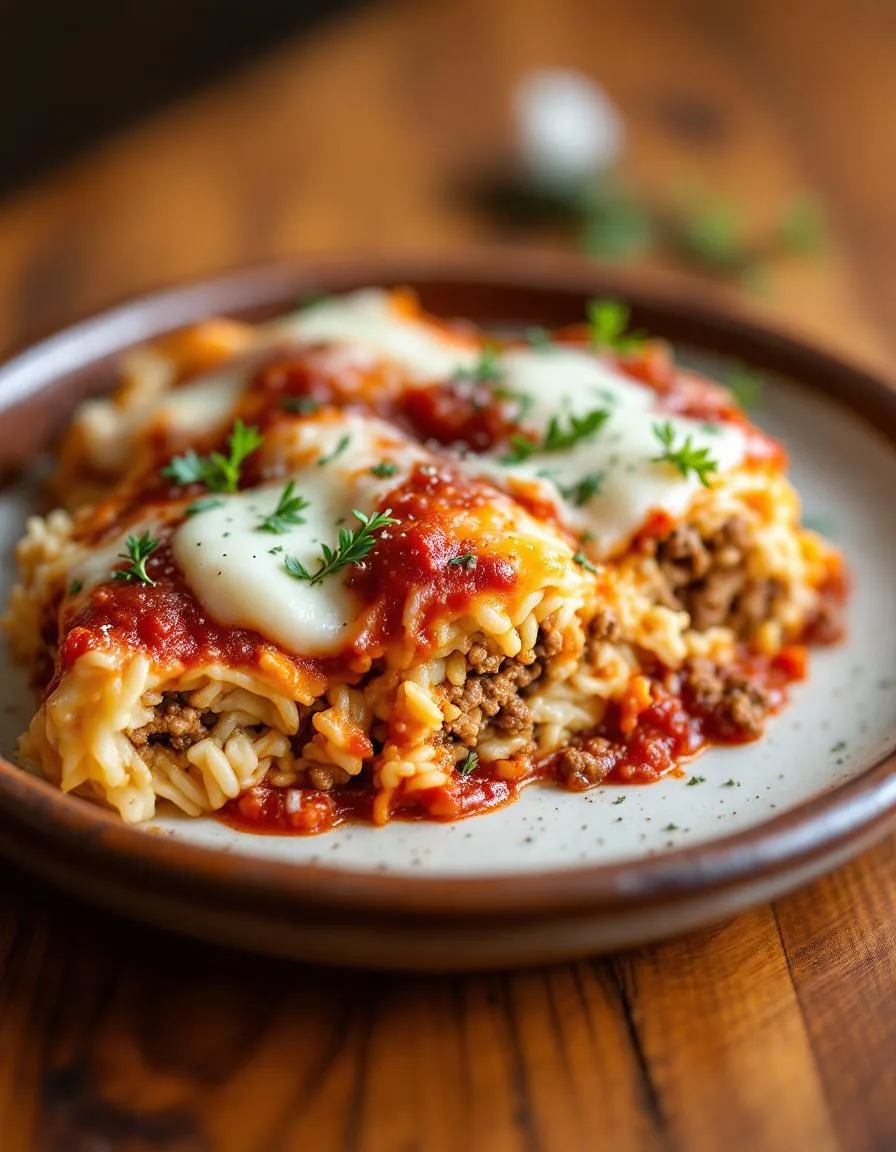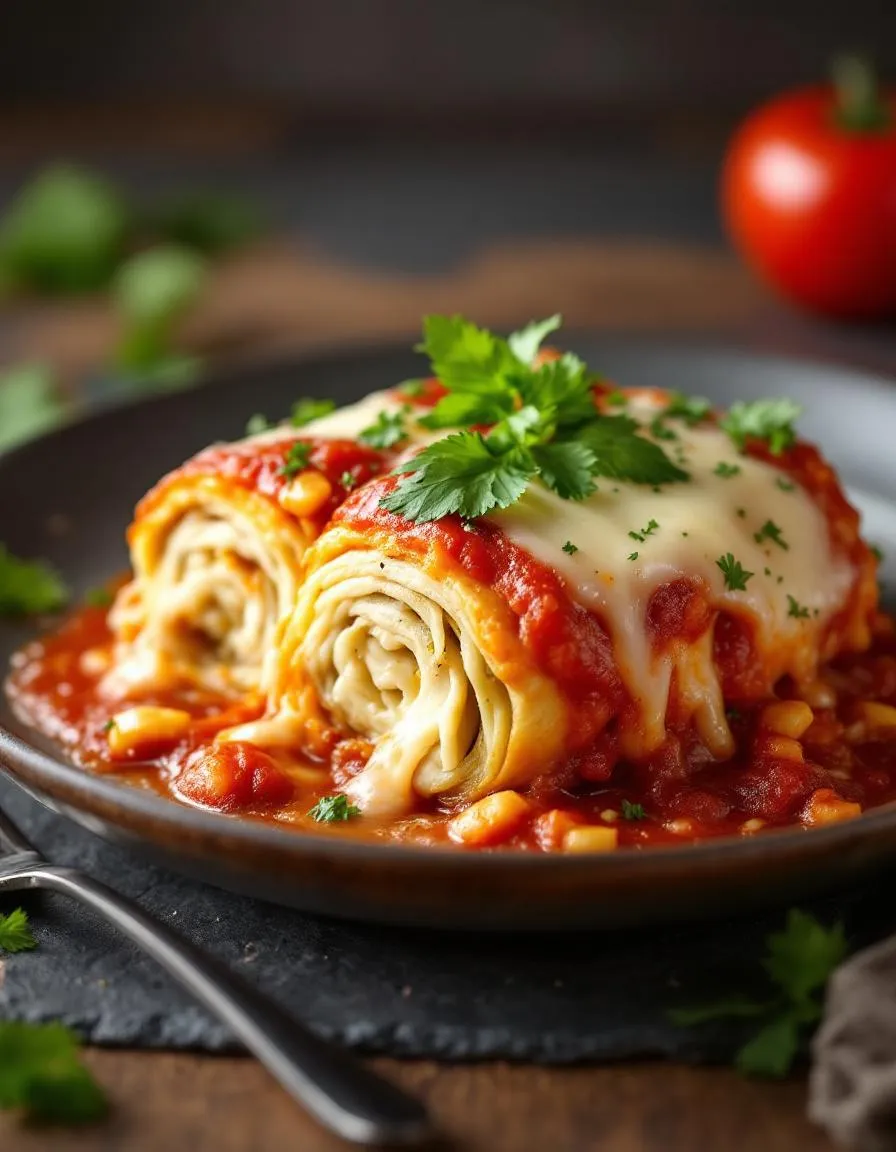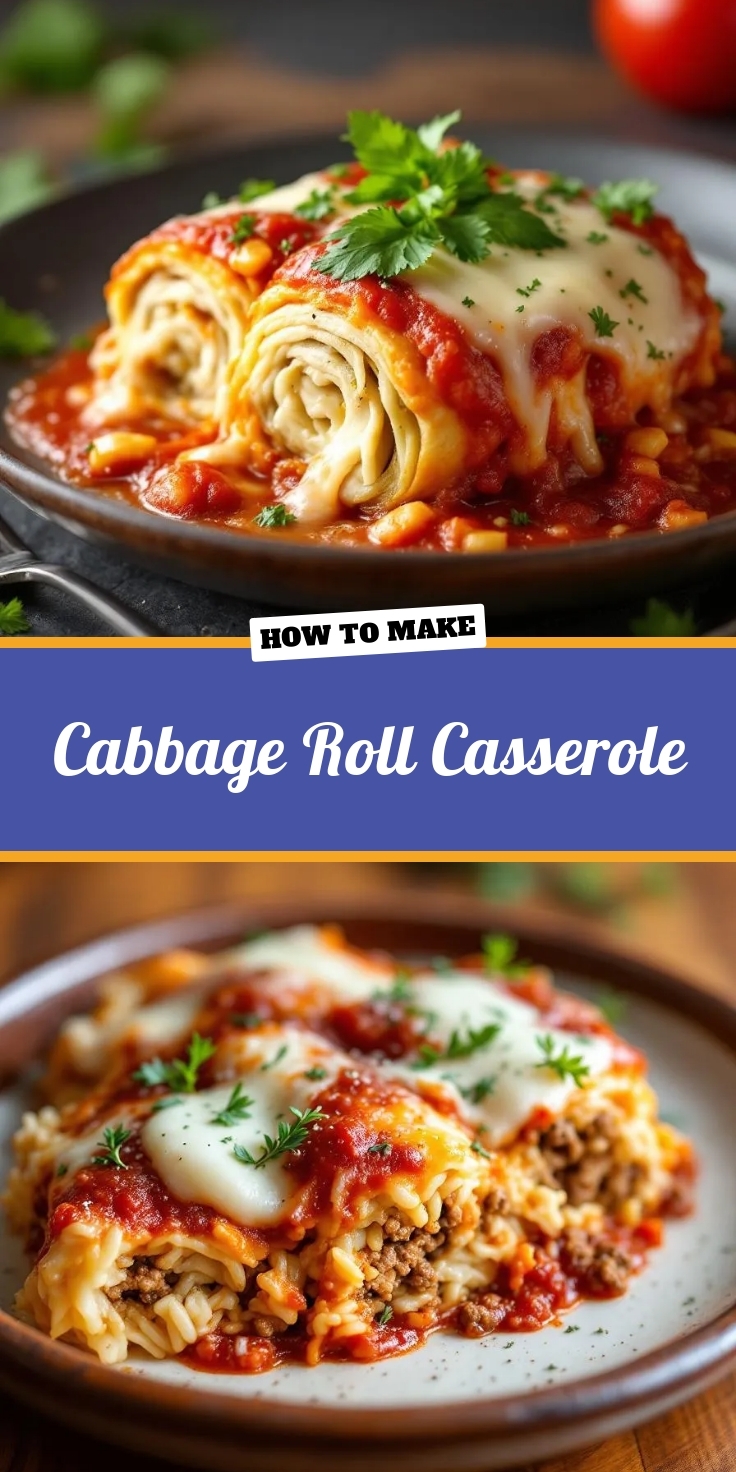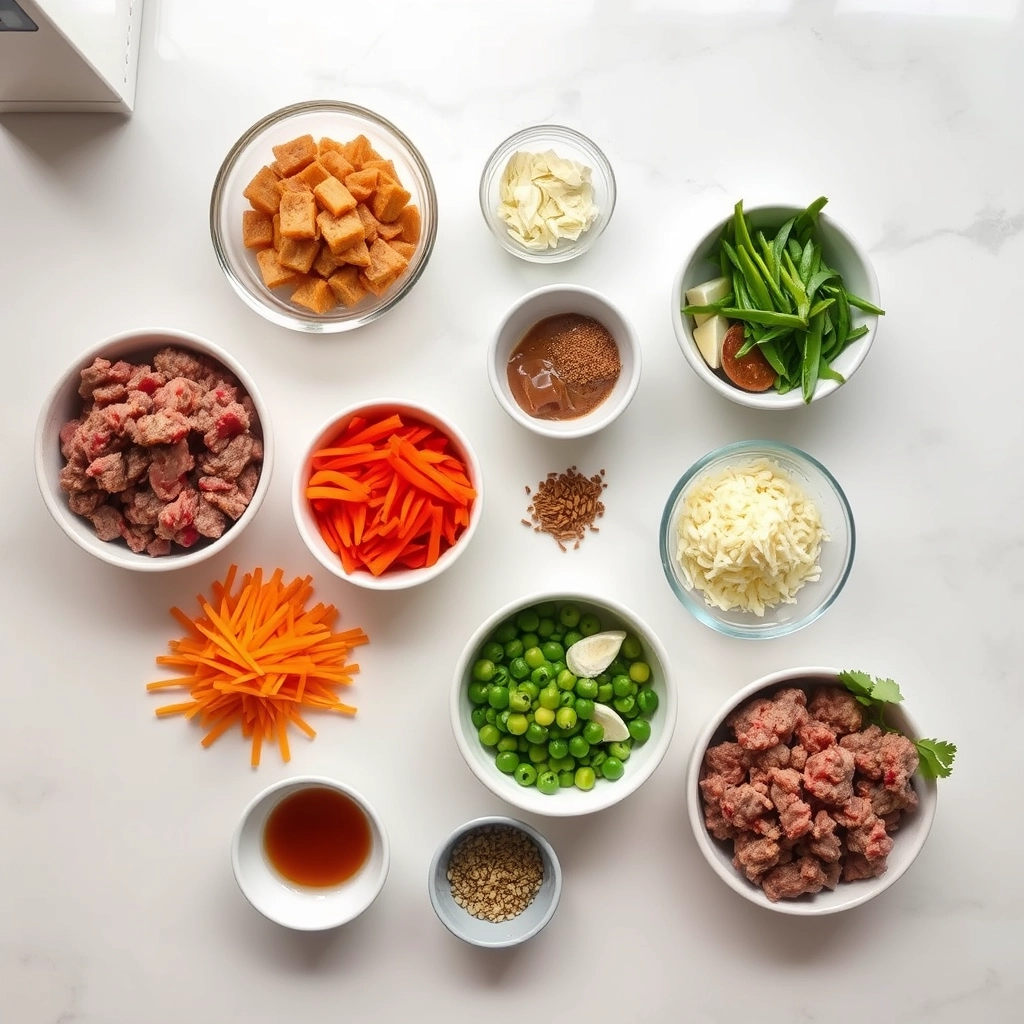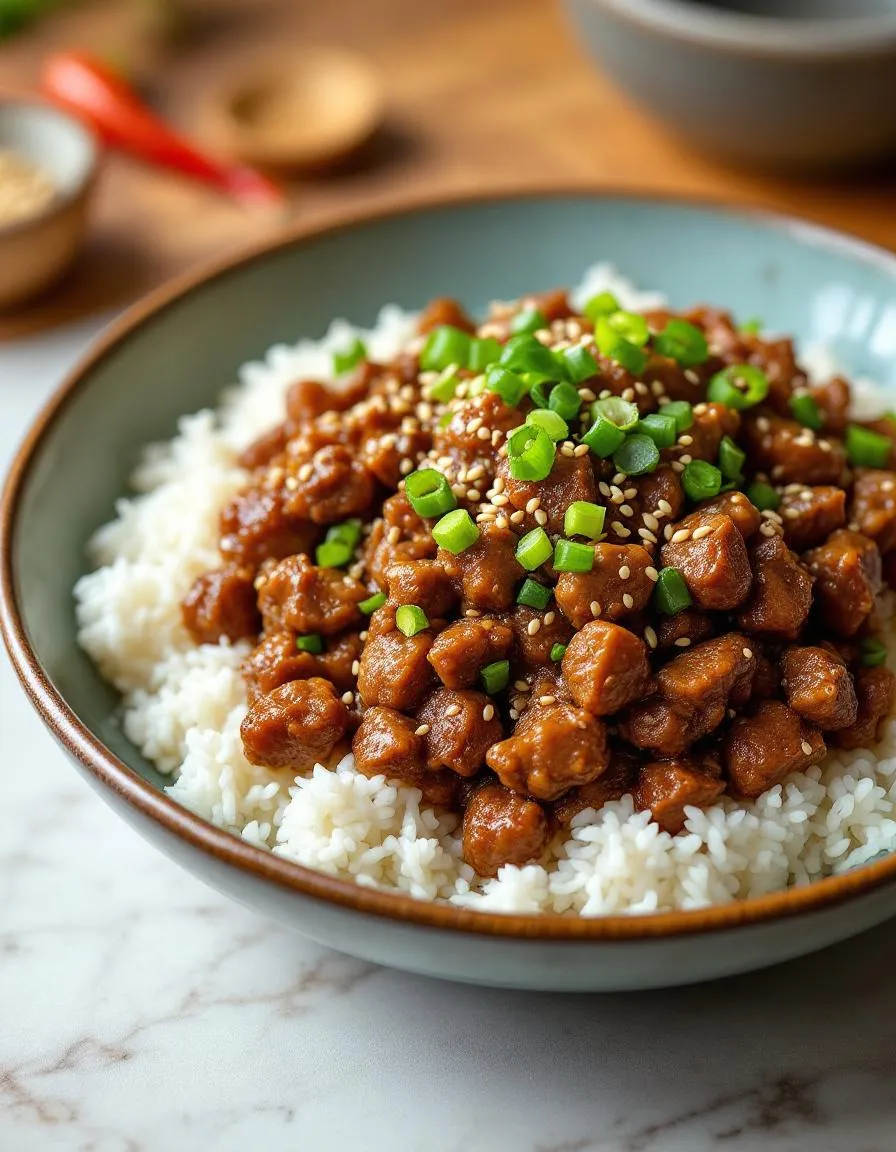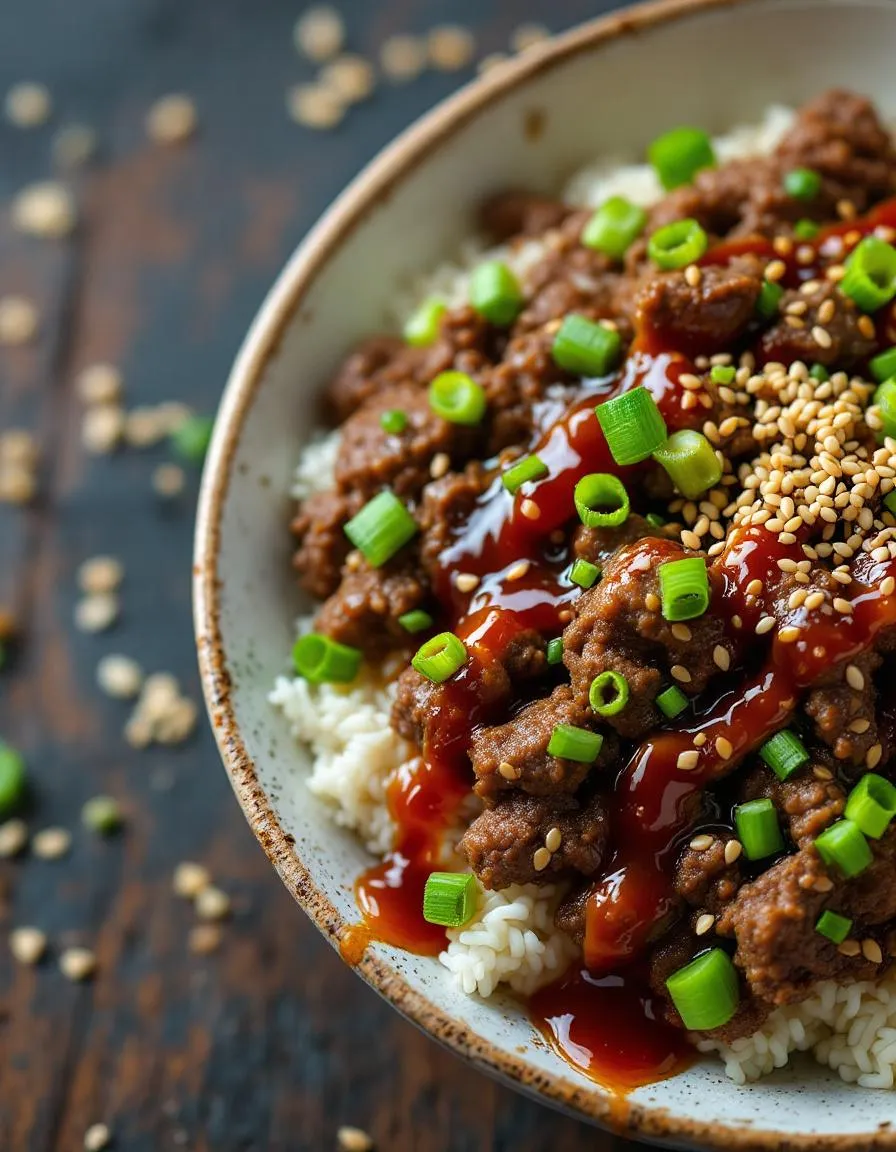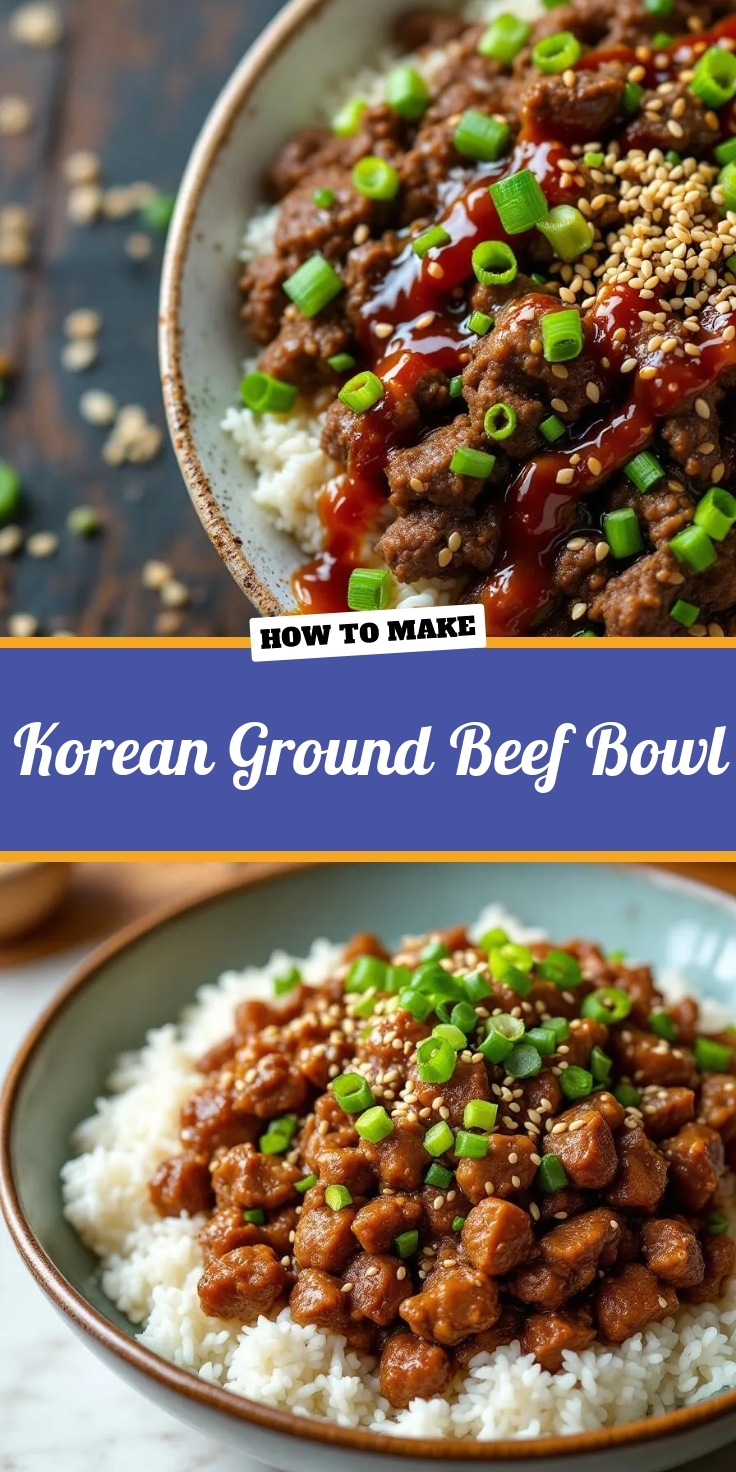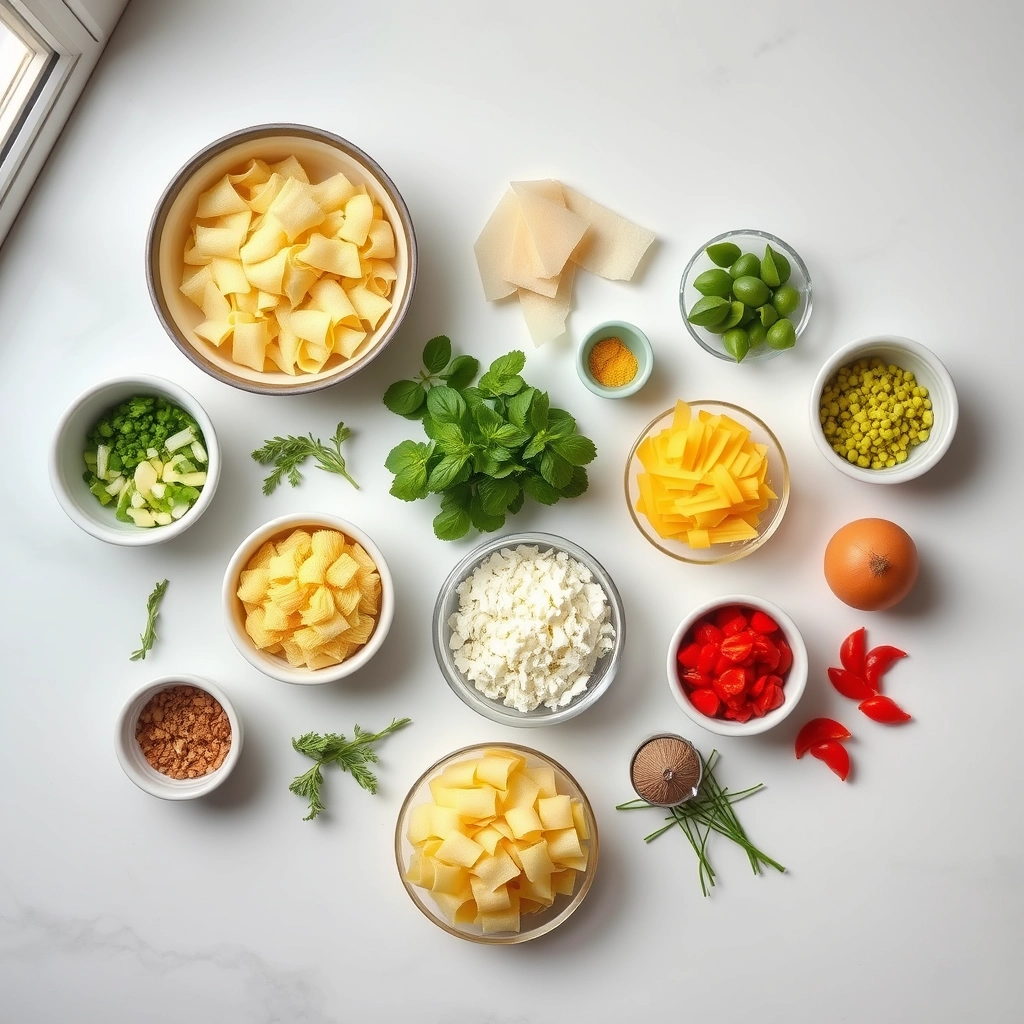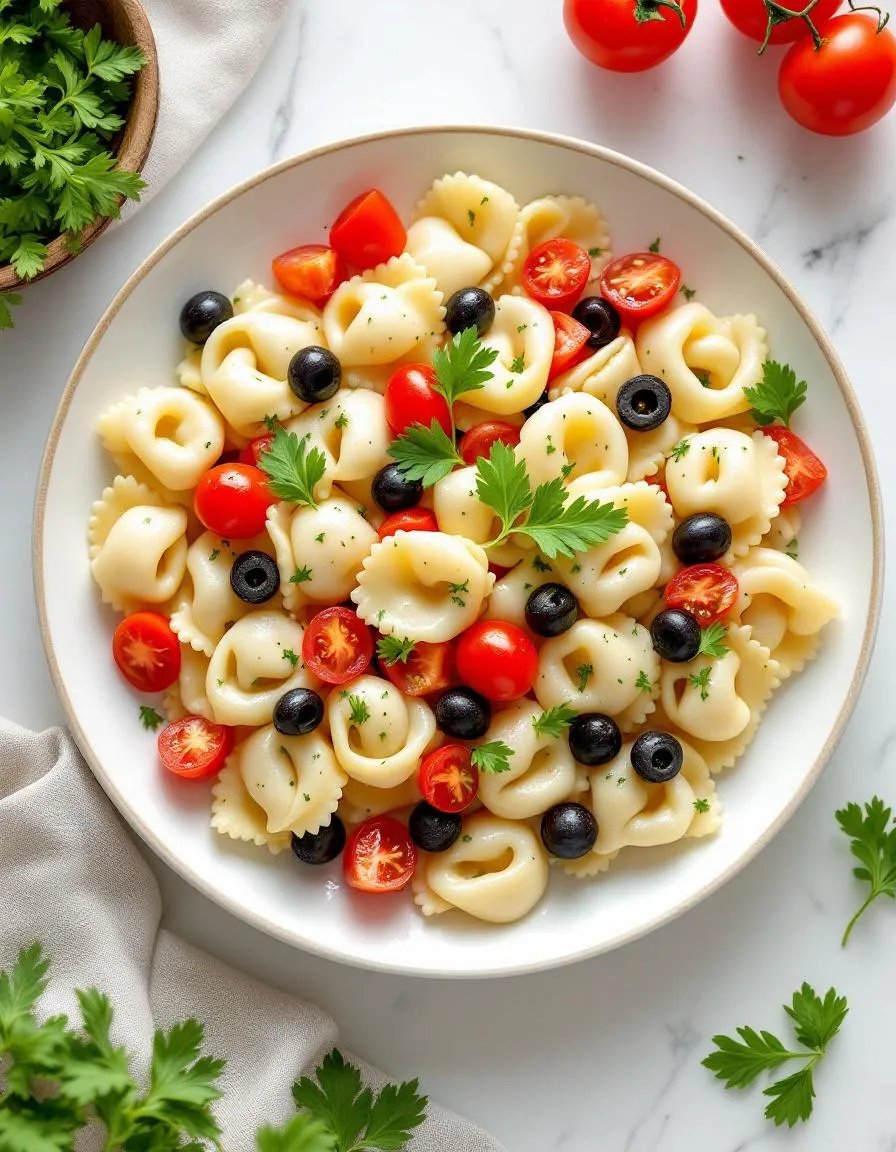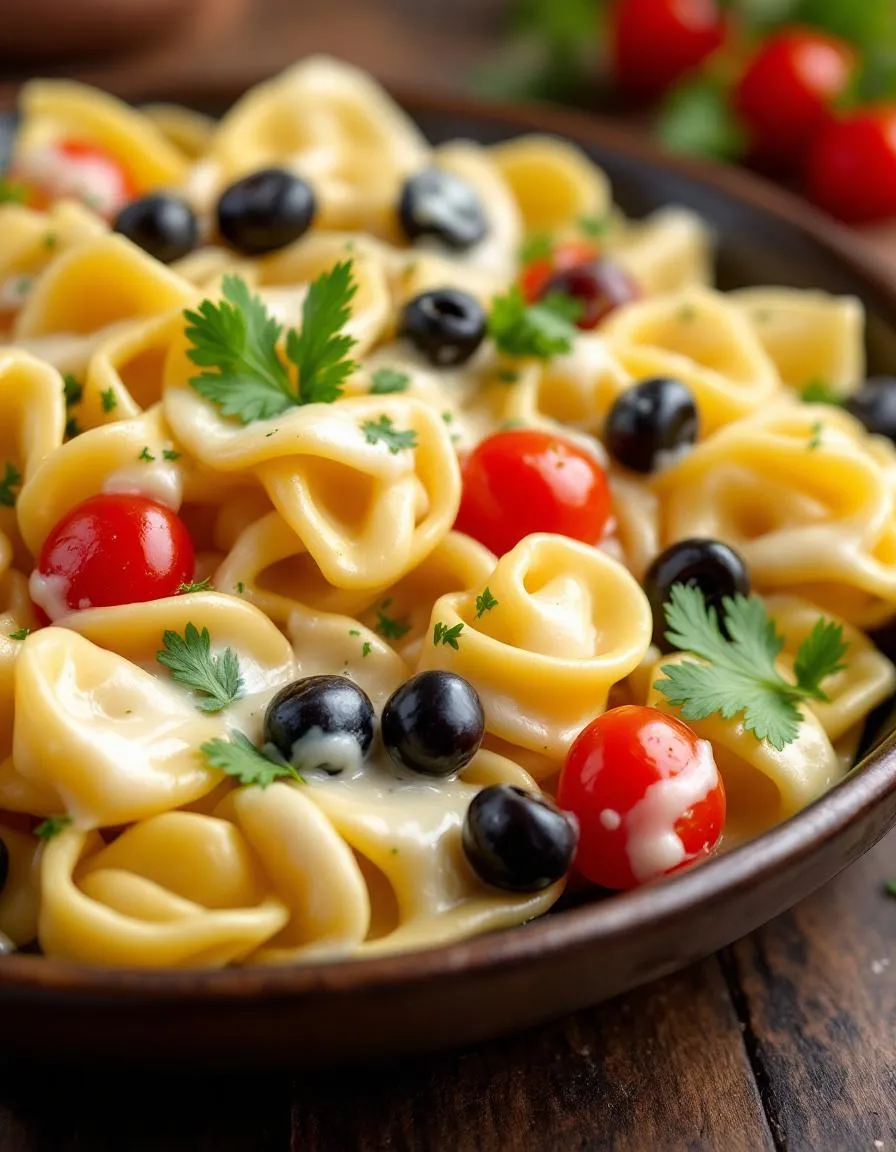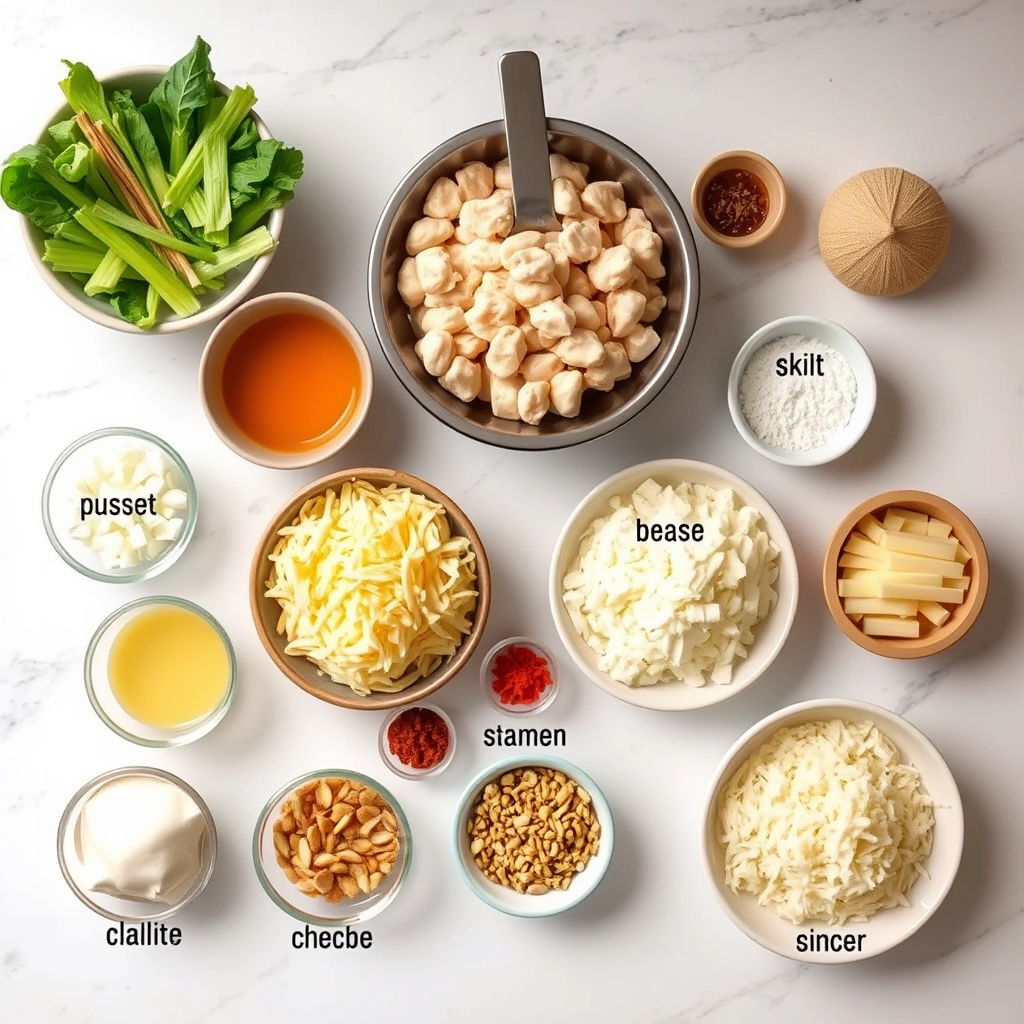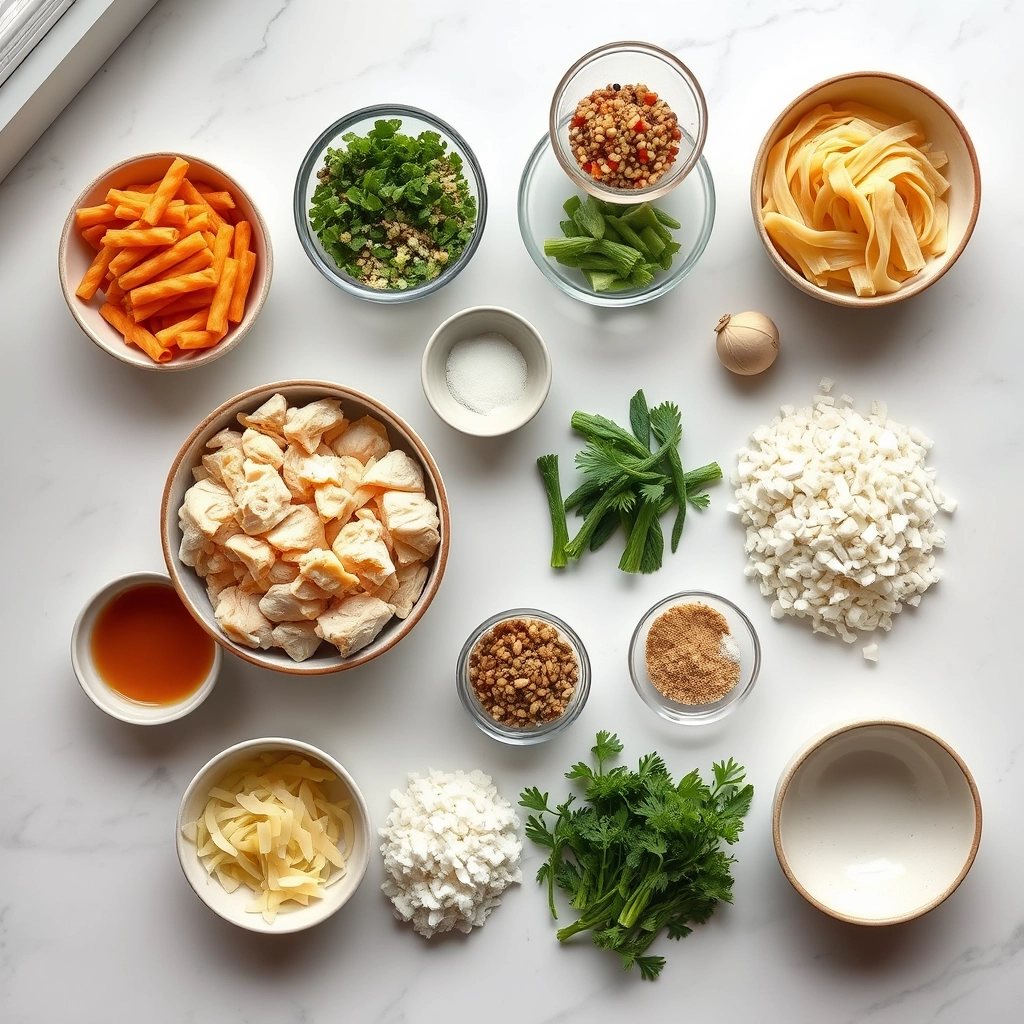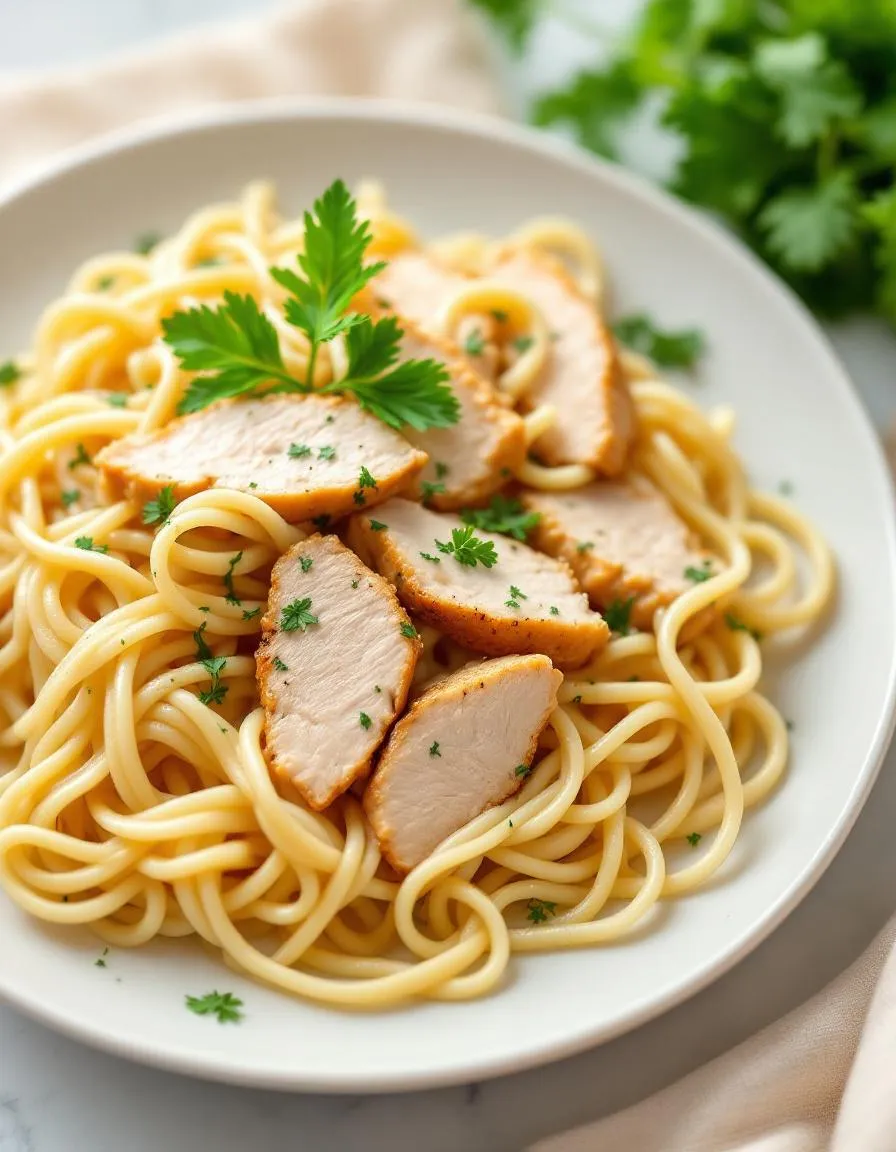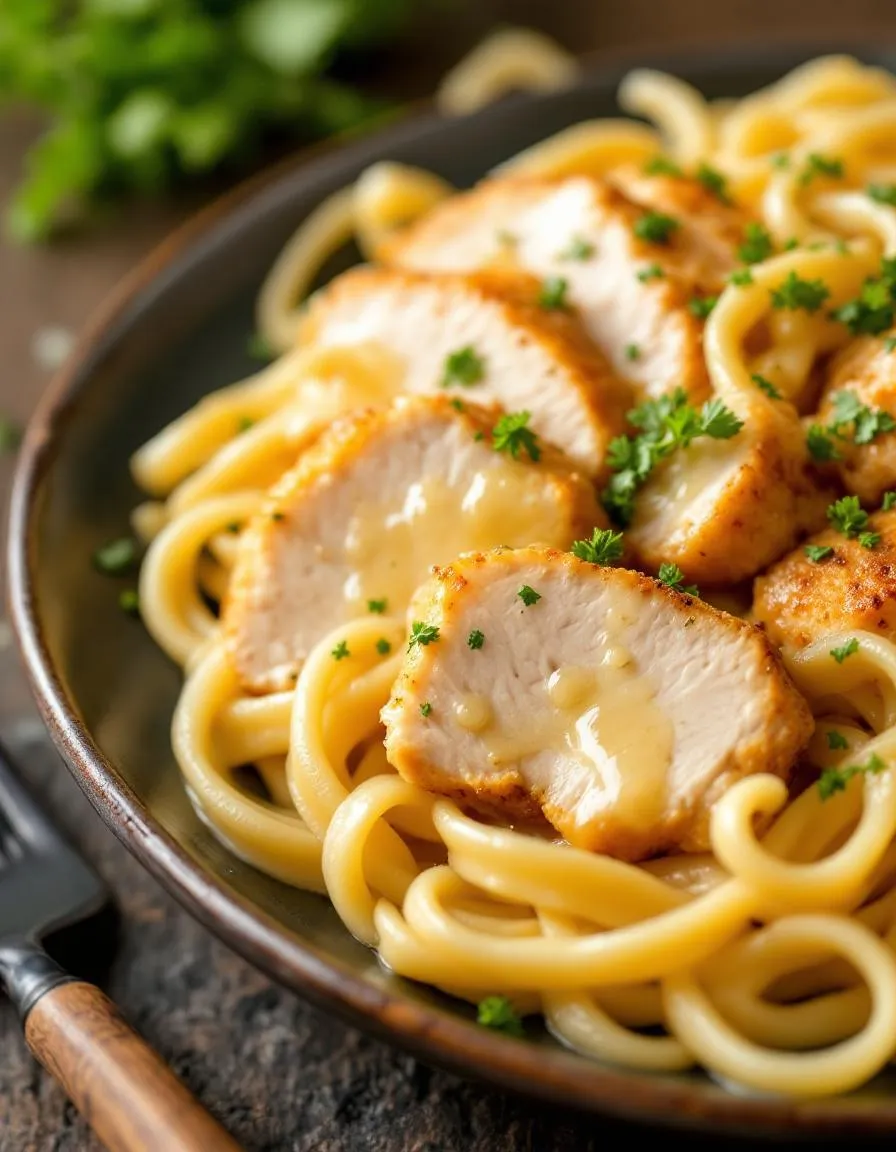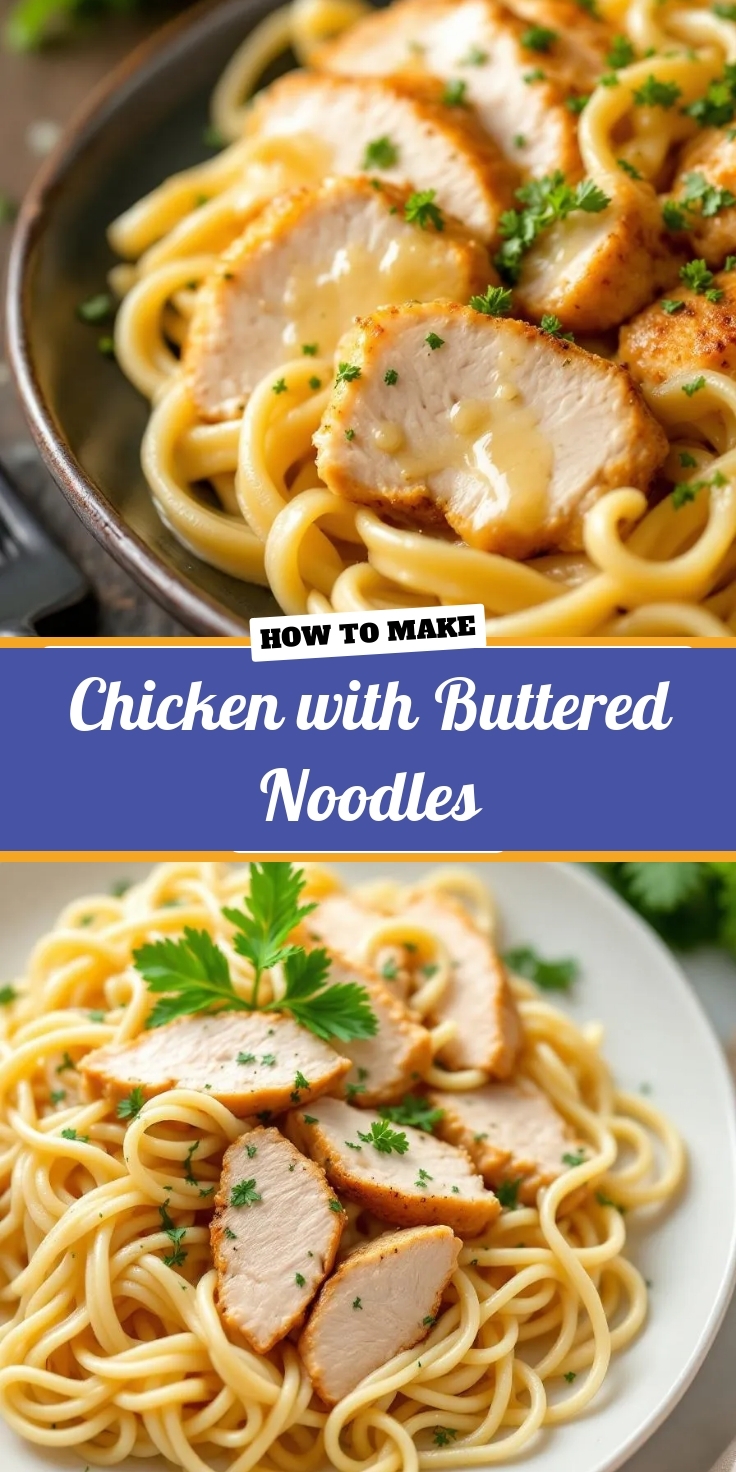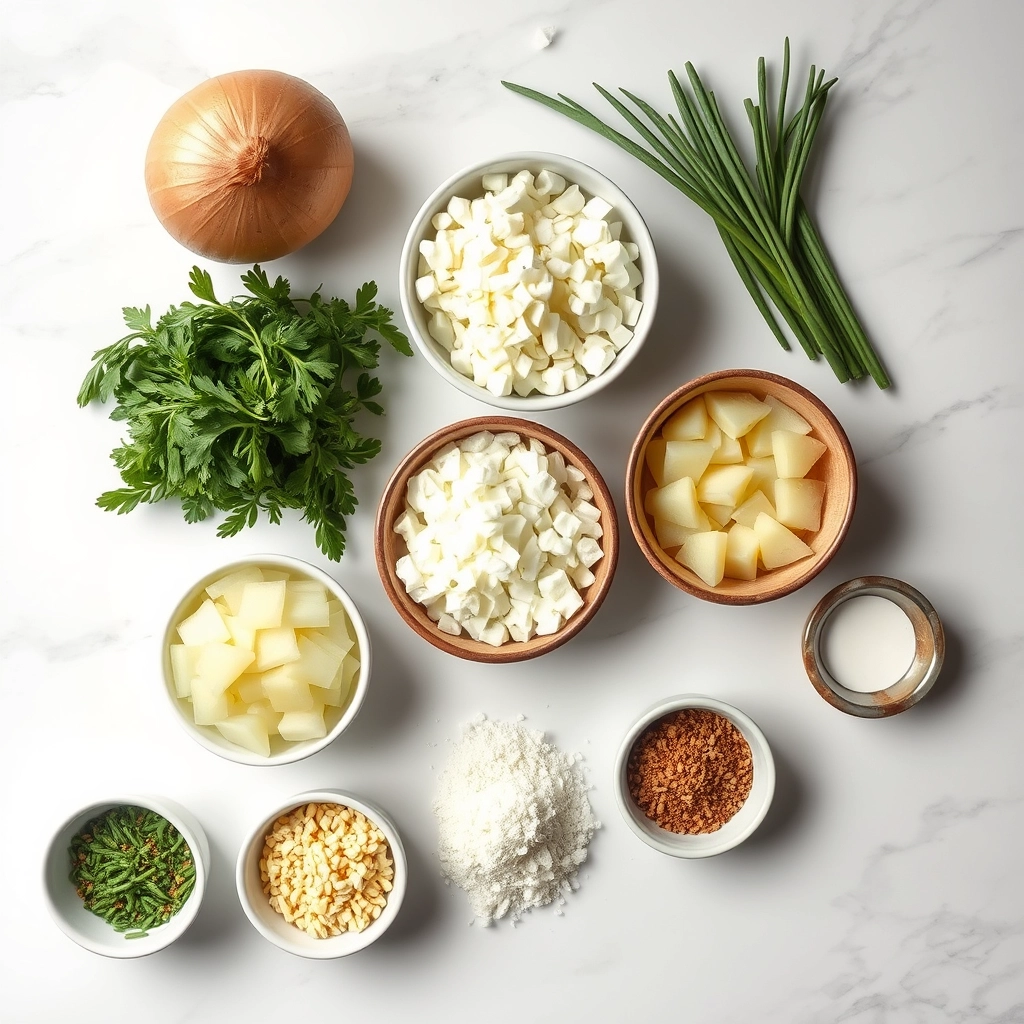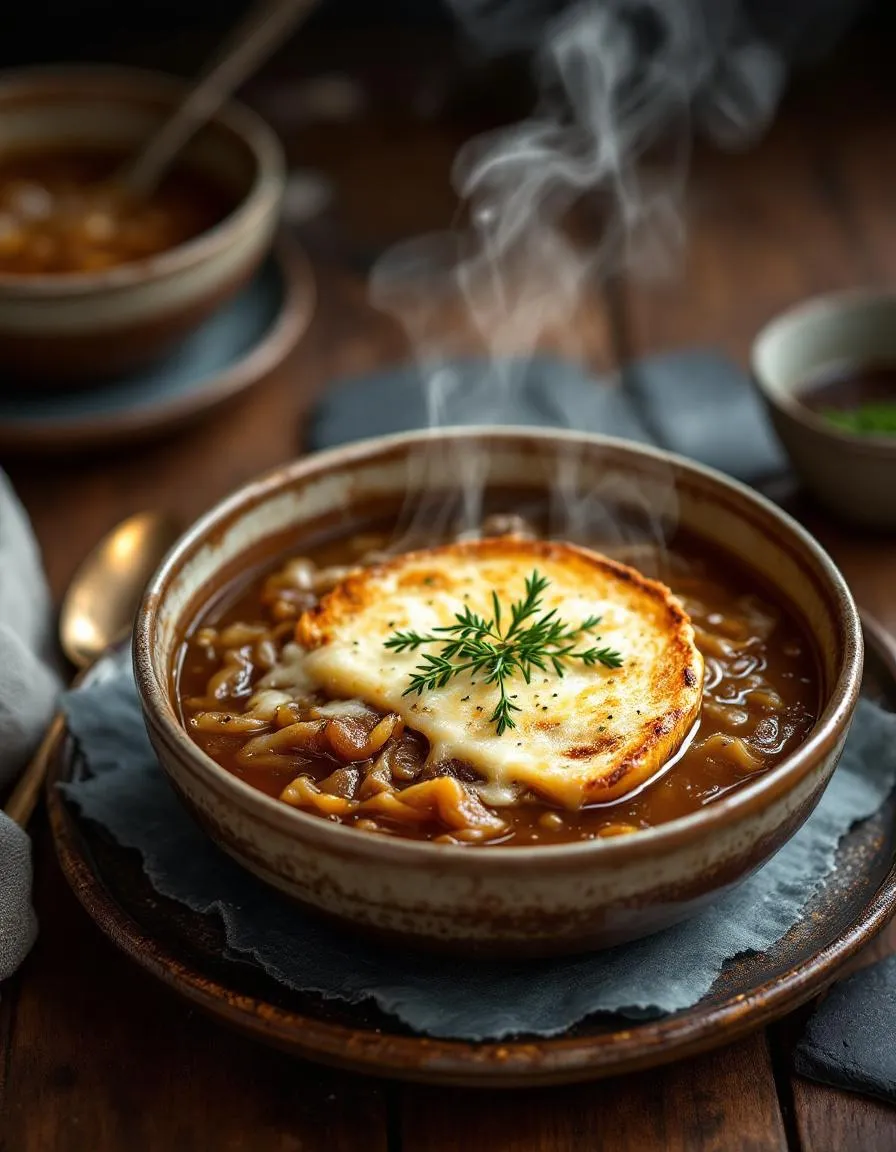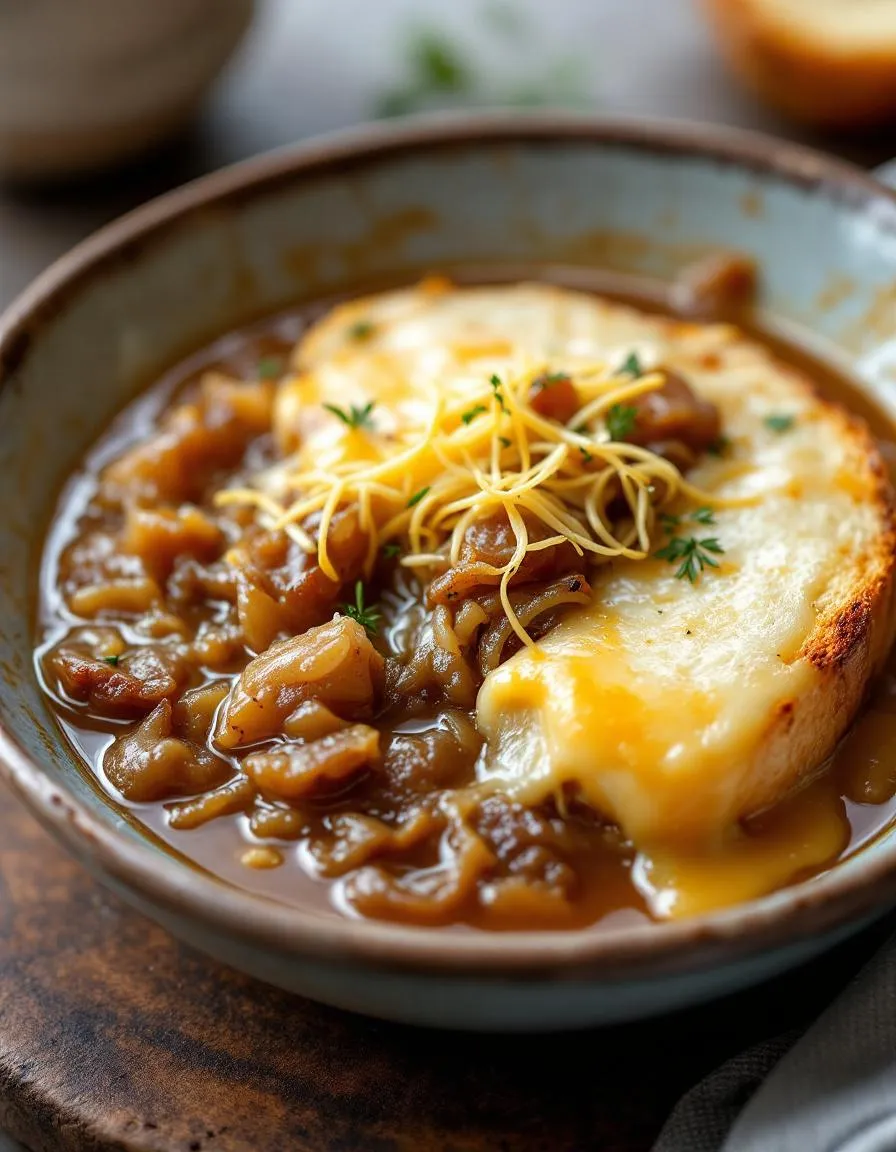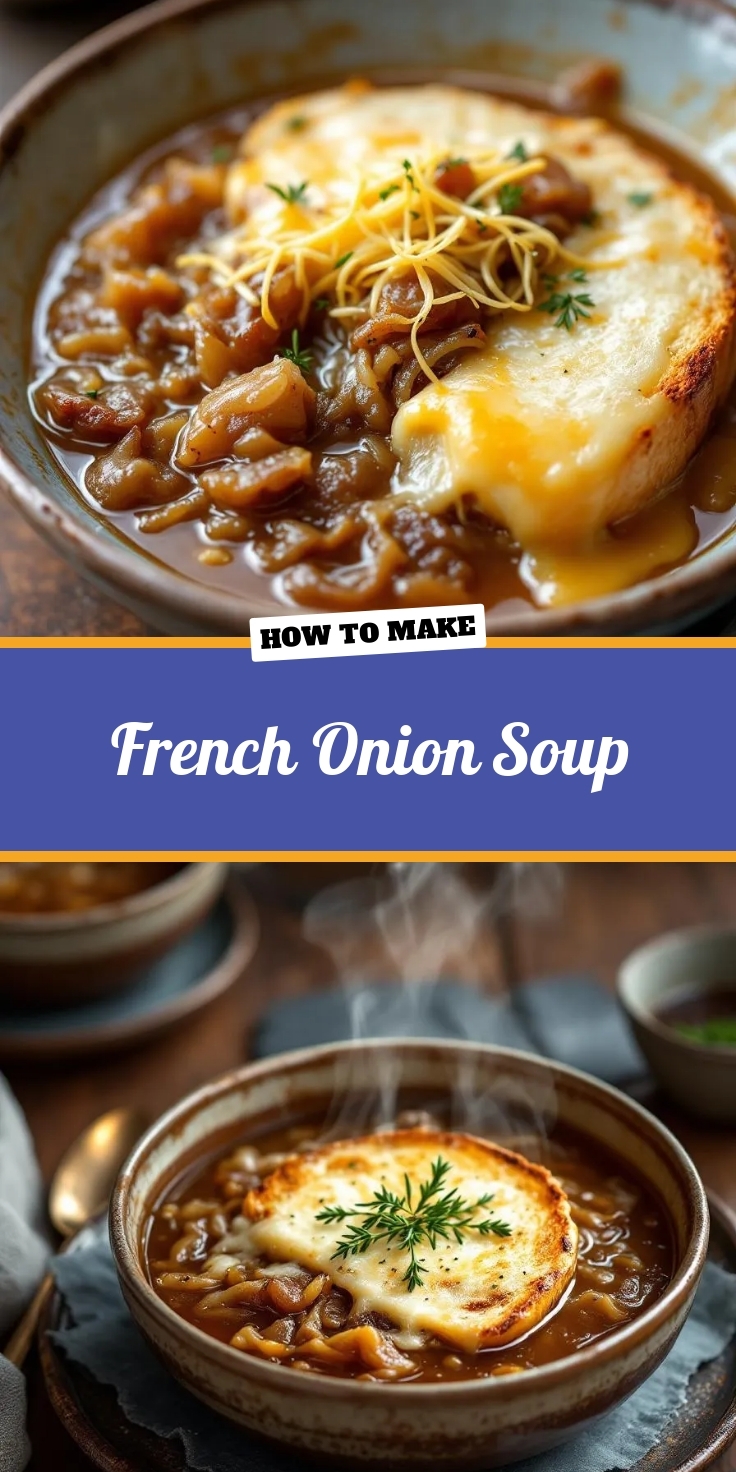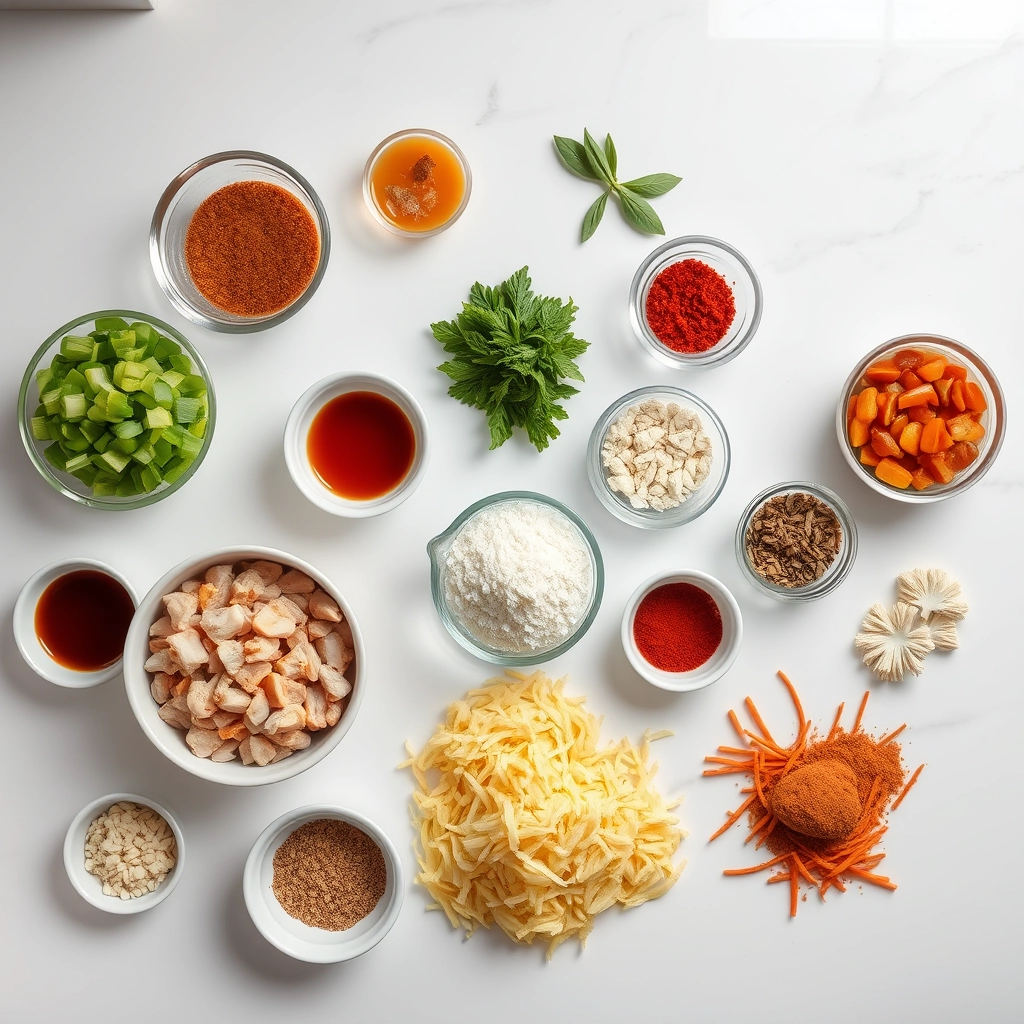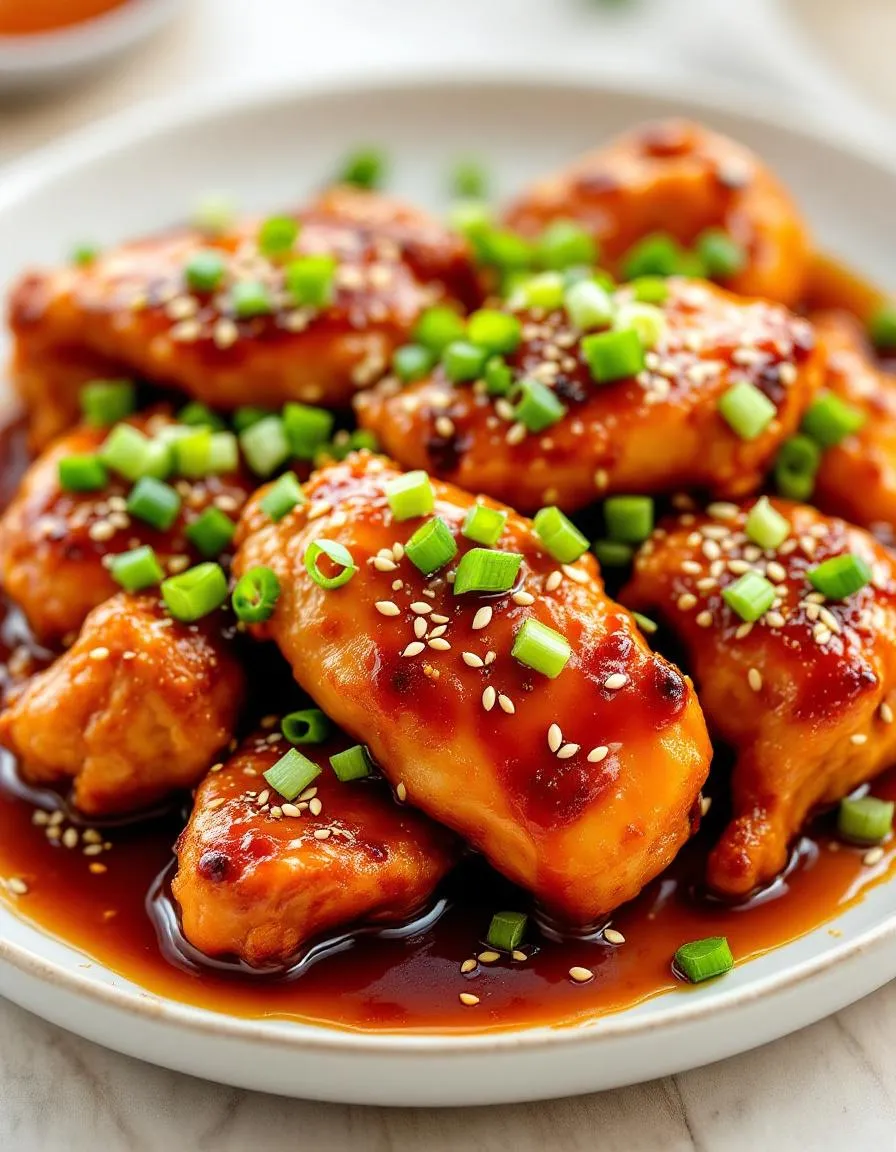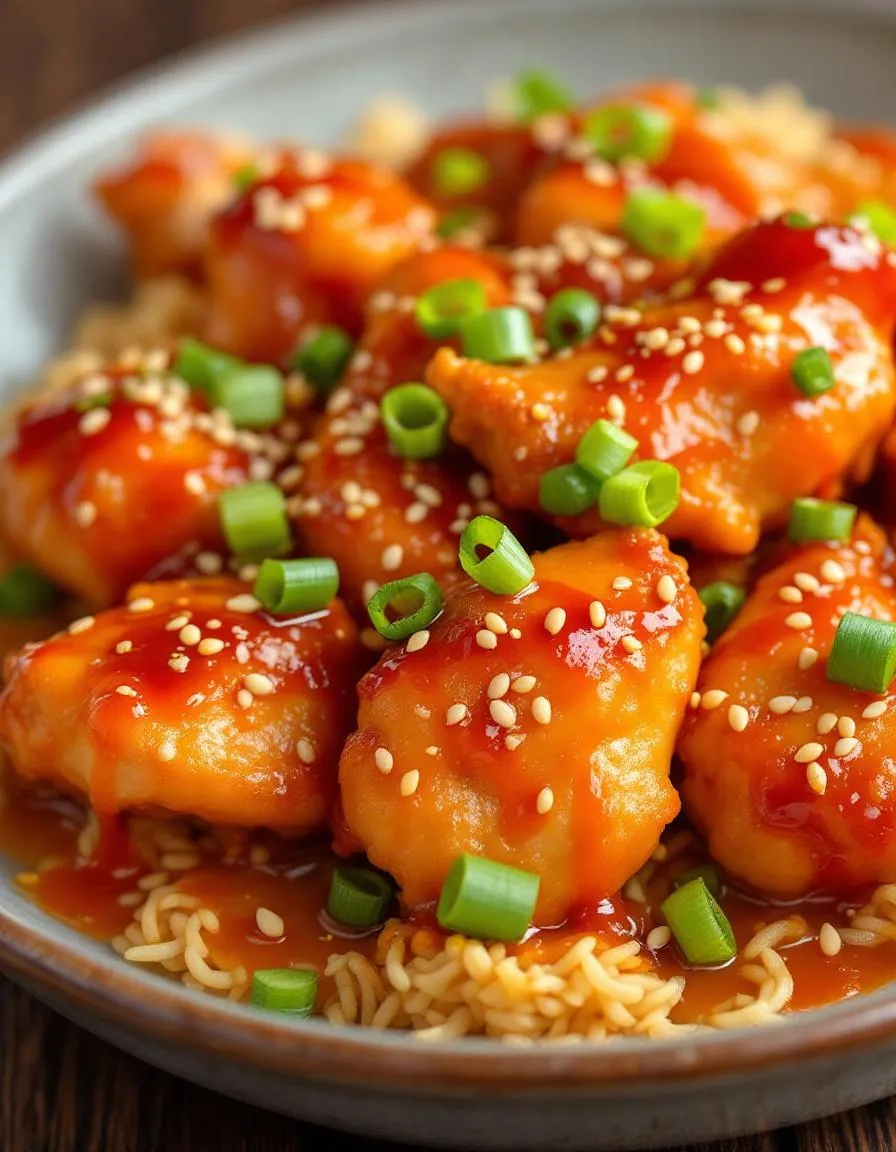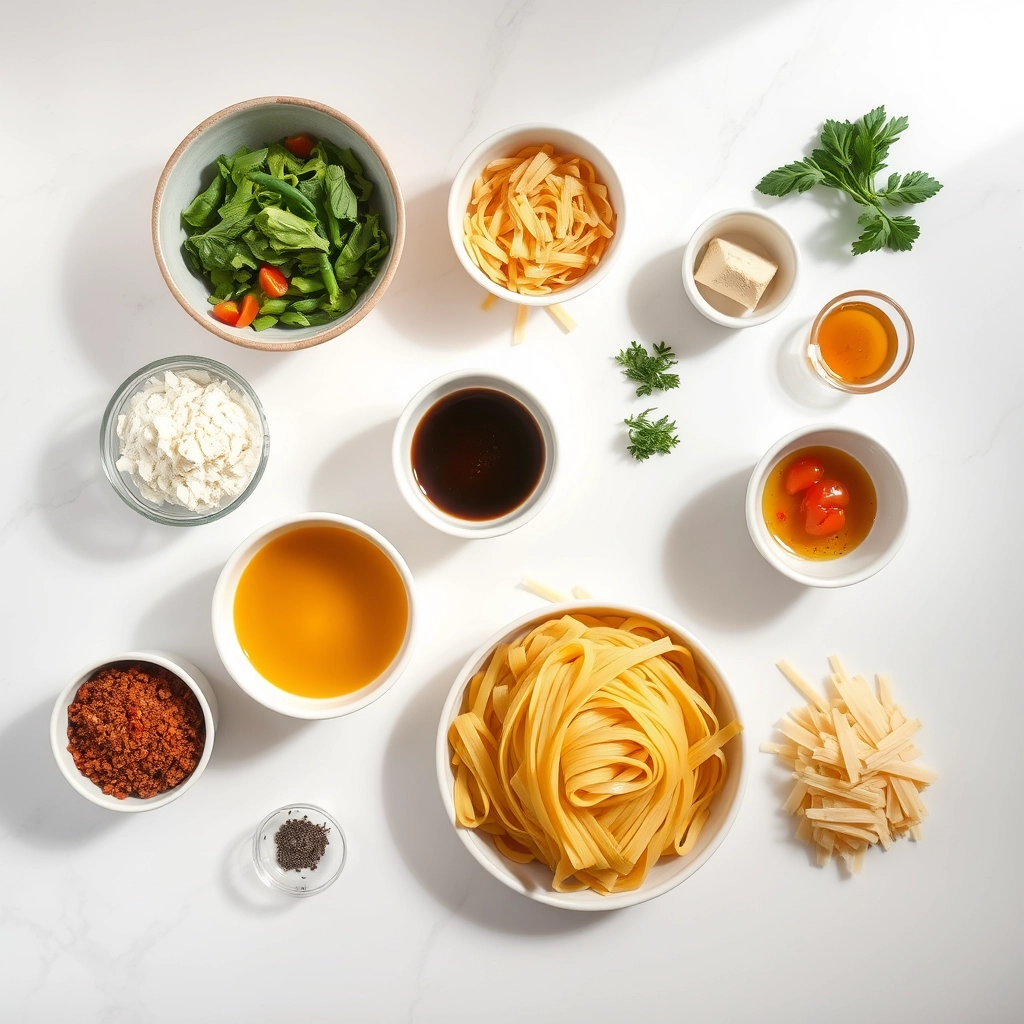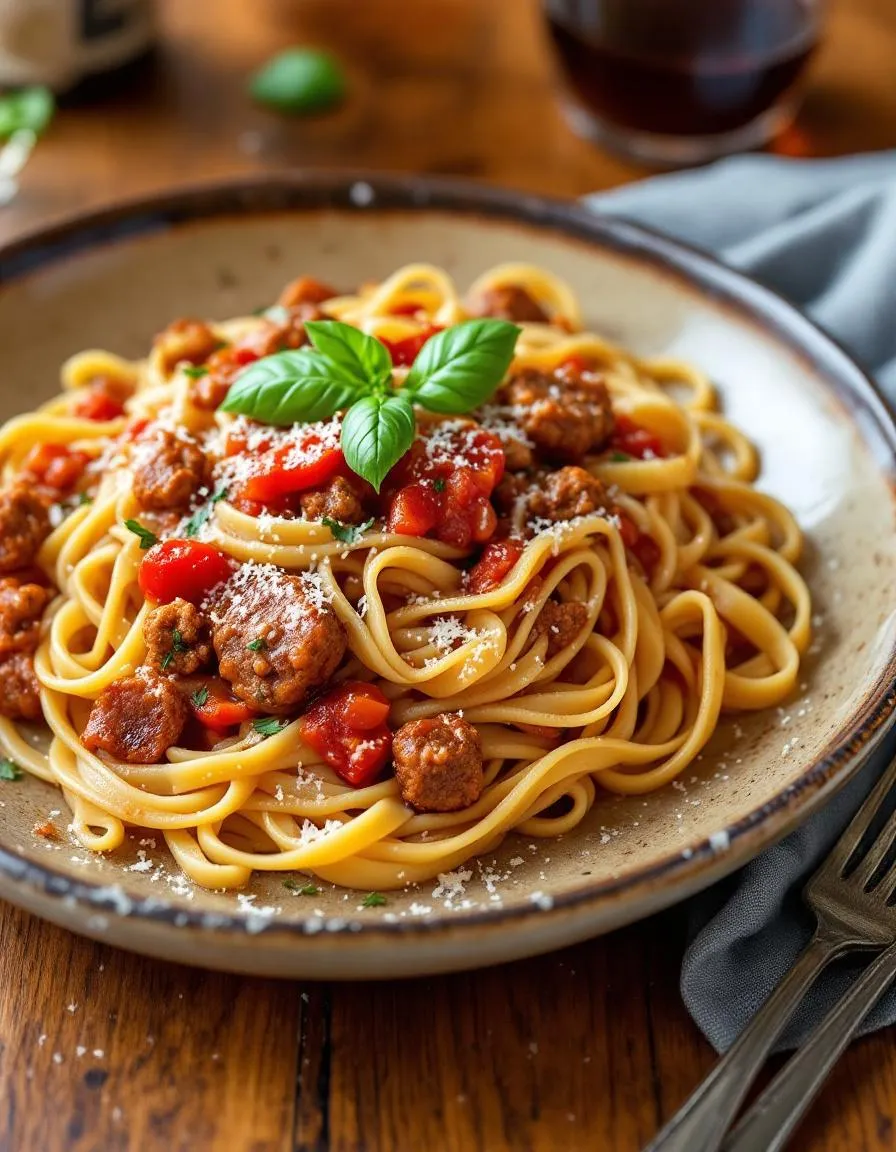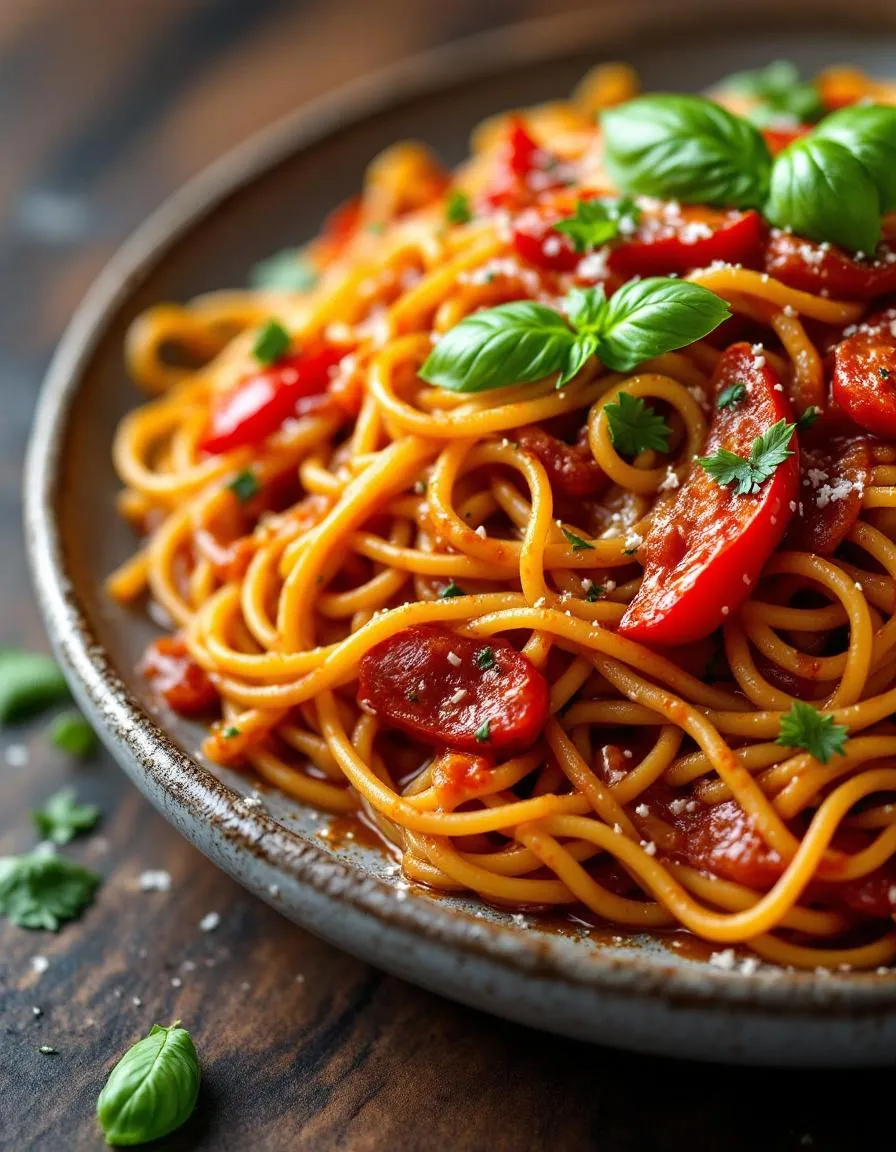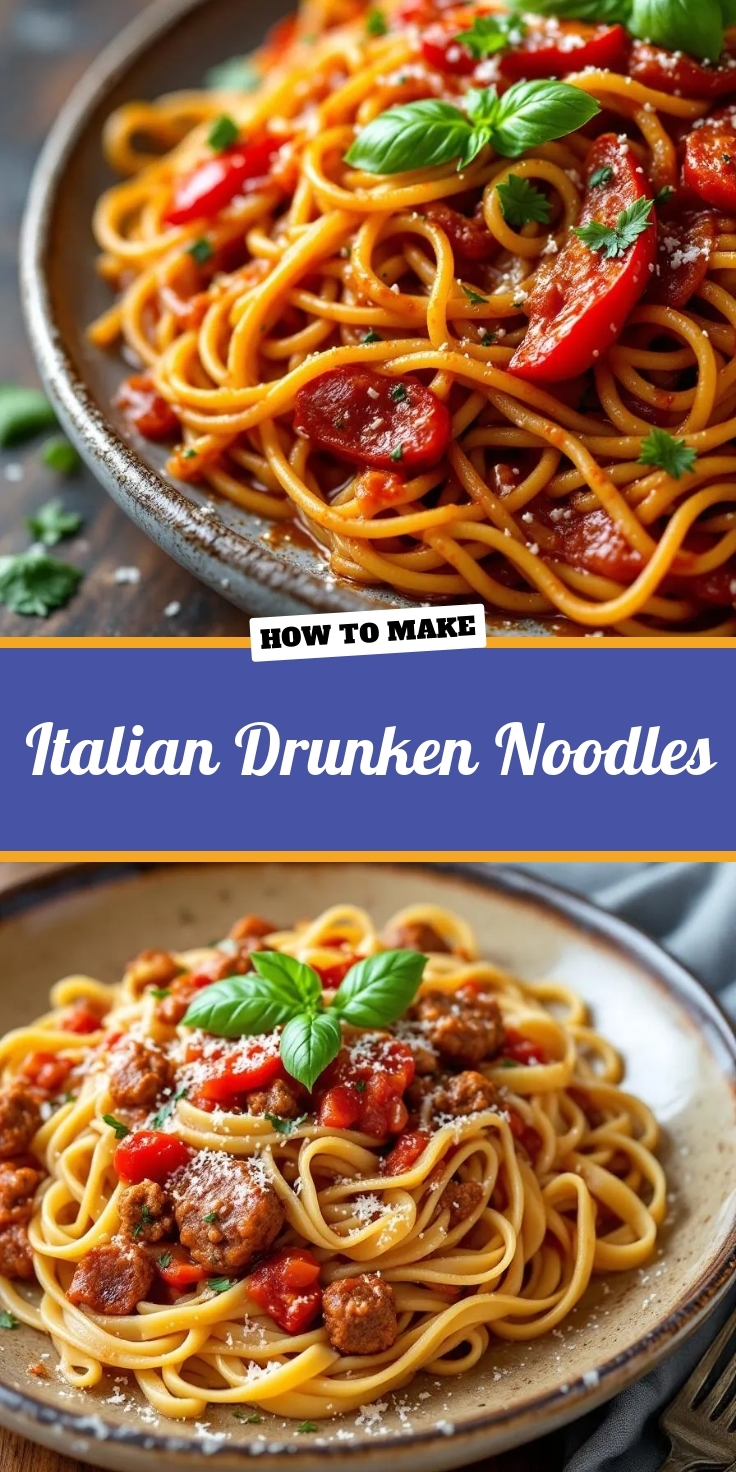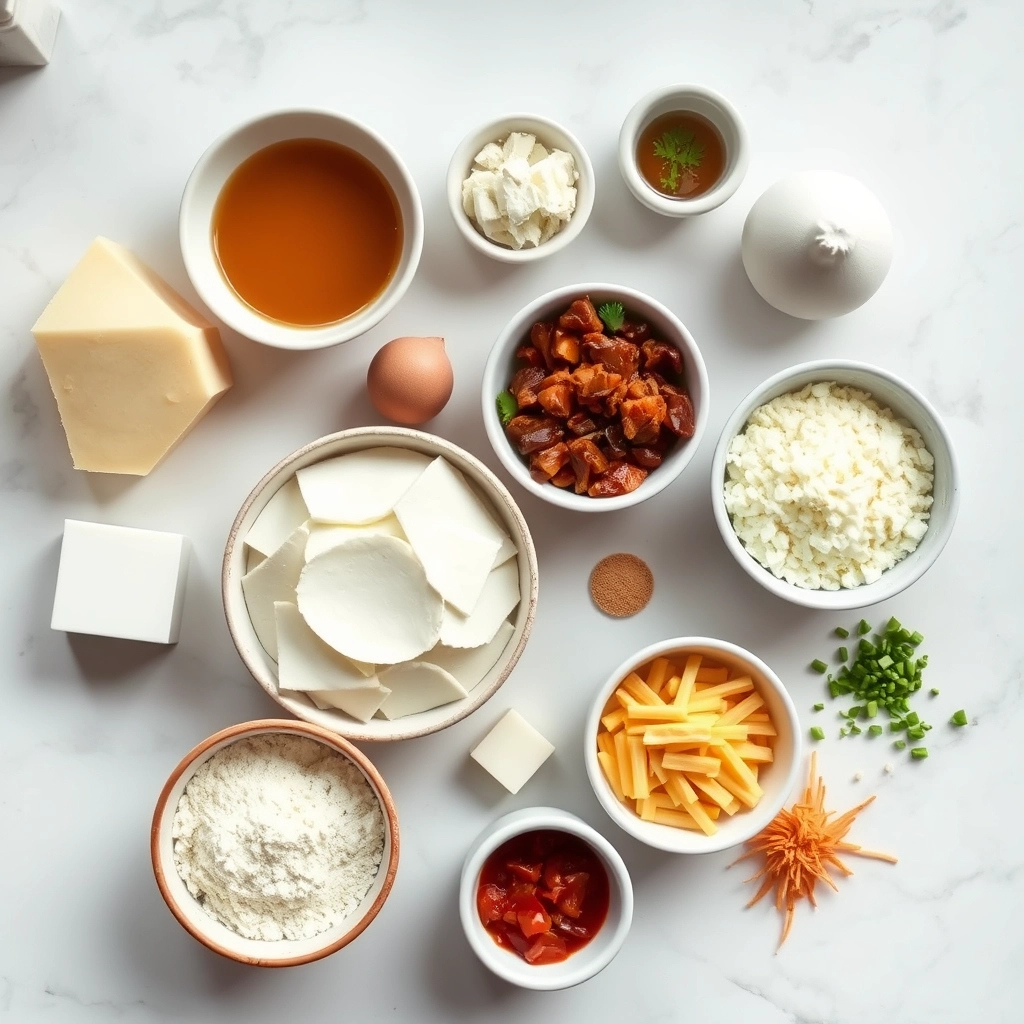Introduction
Hi there! I’m Emily, the heart and soul behind brekcakes.com. From my earliest memories, the kitchen has always been a place of warmth and creativity. It’s where I discovered the magic of turning simple ingredients into extraordinary meals and learned that the best dishes are often made with love as the main ingredient.
There’s something undeniably comforting about a hearty, home-cooked meal that brings everyone to the table. If you’re craving a dish that’s both nostalgic and packed with flavor, my Mushroom Swiss Cheese Meatloaf delivers exactly that. Whether you’re cooking for a weeknight dinner or a special gathering, this recipe wraps you in warmth with every bite. Plus, it’s a fantastic way to elevate a classic comfort food into something truly memorable.
Mushroom Swiss Cheese Meatloaf isn’t just another meatloaf—it’s a savory masterpiece that combines juicy ground beef, earthy mushrooms, and creamy Swiss cheese for a melt-in-your-mouth experience. Unlike traditional versions, this recipe adds depth with caramelized onions and a rich glaze that ties everything together. Perfect for busy families or anyone who appreciates a twist on tradition, it fits right into the brekcakes.com ethos of approachable yet impressive cooking. If you love cozy meals with a gourmet touch, you’ll adore how this dish balances simplicity and sophistication. For more hearty dinner ideas, check out my Comfort Food Classics collection or explore tips for perfecting meat-based dishes in my Cooking Techniques guide.
Why I Love This Recipe
Mushroom Swiss Cheese Meatloaf holds a special place in my heart because it reminds me of Sunday dinners with my grandparents. They taught me that food tastes better when shared, and this recipe always brings people together. The way the cheese melts into the meat and the mushrooms add an umami punch makes it a dish I’m proud to serve. Every time I make it, I’m transported back to those laughter-filled evenings—and now, I hope it creates similar memories for you.
Health and Nutrition
Why it’s good for your body
Mushroom Swiss Cheese Meatloaf packs a nutritious punch while delivering rich, savory flavors. First, mushrooms add a boost of antioxidants and vitamins like selenium and B vitamins, which support immune function and energy levels. Additionally, lean ground beef provides high-quality protein to help maintain muscle mass and keep you full longer. Swiss cheese contributes calcium and vitamin D, promoting strong bones and teeth.
Moreover, this dish balances indulgence with wholesome ingredients. The mushrooms naturally enhance umami flavor, reducing the need for excess salt. Meanwhile, the combination of protein, healthy fats, and fiber from vegetables ensures steady energy without blood sugar spikes. Whether you serve it as a weeknight dinner or meal-prep option, Mushroom Swiss Cheese Meatloaf satisfies cravings while nourishing your body.
Finally, the recipe adapts easily to dietary preferences. For instance, you can swap in turkey or plant-based meat for a lighter twist. Either way, Mushroom Swiss Cheese Meatloaf remains a hearty, nutrient-dense choice. With every bite, you get comfort and nutrition in one delicious package.
How it fits in a healthy lifestyle
Mushroom Swiss Cheese Meatloaf fits seamlessly into balanced eating habits. If you prioritize protein, this dish delivers a generous amount per serving, making it ideal for post-workout recovery or active lifestyles. For those watching carbs, pairing it with roasted vegetables instead of mashed potatoes keeps the meal low-carb and nutrient-packed.
Heart-healthy eaters will appreciate the option to use lean meat and reduced-fat cheese without sacrificing flavor. Plus, mushrooms add fiber, which supports digestion and cholesterol levels. If you love meal prepping, this meatloaf stores well and reheats beautifully for quick lunches. Check out our guide to easy meal prep ideas for more time-saving tips.
Even if you follow gluten-free eating, Mushroom Swiss Cheese Meatloaf works perfectly with simple swaps like gluten-free breadcrumbs. For more gluten-free inspiration, explore our gluten-free dinner recipes. No matter your dietary goals, this versatile dish helps you enjoy comfort food without compromise.
PrintMushroom Swiss Cheese Meatloaf
Description
A savory and cheesy meatloaf loaded with mushrooms and Swiss cheese for a rich, comforting meal.
Ingredients
For the Crust:
- 1.5 lbs ground beef
- 1 cup breadcrumbs
- 1 egg
- 1/2 cup milk
- 1 cup sliced mushrooms
- 1 cup shredded Swiss cheese
- 1/4 cup ketchup
- 1 tsp garlic powder
- 1 tsp onion powder
- 1/2 tsp salt
- 1/2 tsp black pepper
Instructions
1. Prepare the Crust:
- Preheat oven to 375°F (190°C).
- In a large bowl, mix ground beef, breadcrumbs, egg, milk, mushrooms, Swiss cheese, garlic powder, onion powder, salt, and pepper until well combined.
- Shape the mixture into a loaf and place in a greased loaf pan.
- Spread ketchup evenly over the top of the meatloaf.
- Bake for 45-50 minutes or until the internal temperature reaches 160°F (71°C).
- Let rest for 10 minutes before slicing and serving.
Notes
You can customize the seasonings to taste.
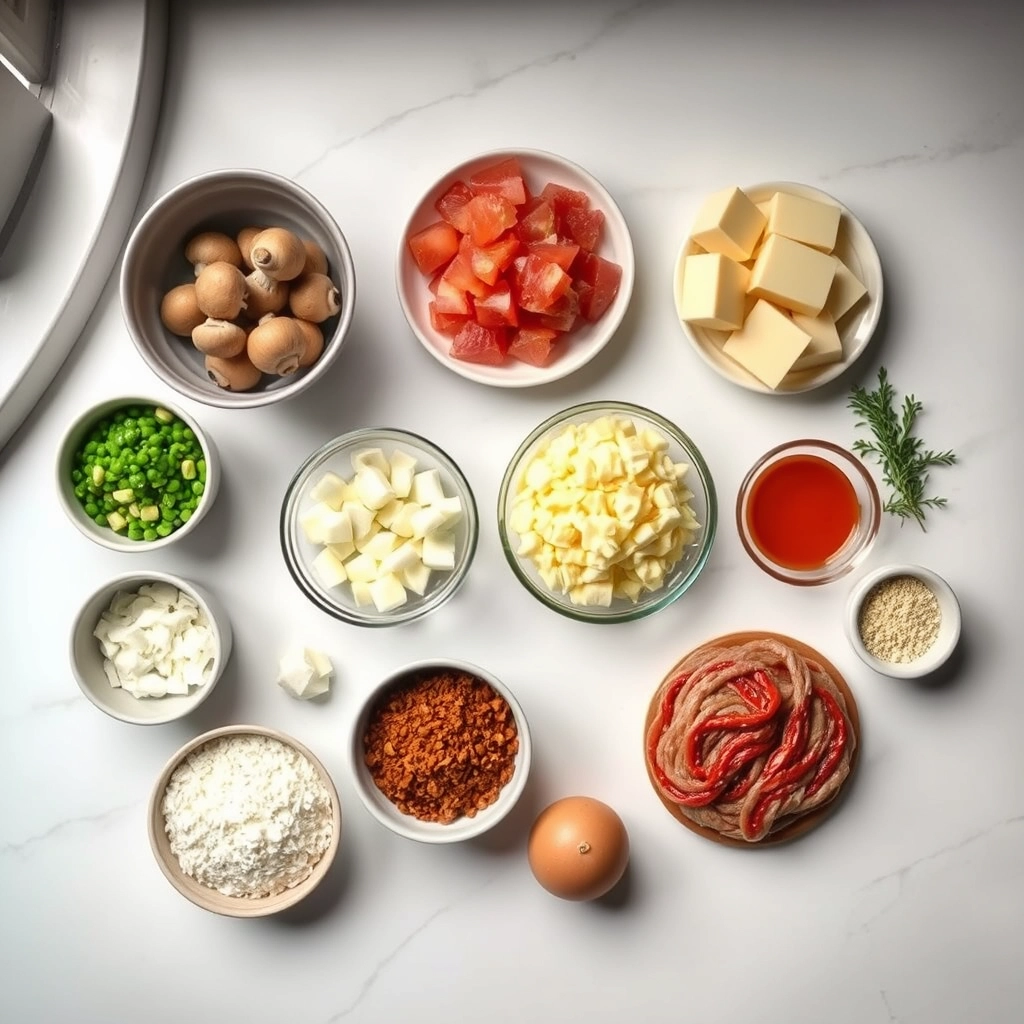
How to Prepare This Dish
Steps and time-saving tips
Start by preheating your oven to 375°F so it’s ready when you finish mixing the Mushroom Swiss Cheese Meatloaf. While it heats, finely chop the mushrooms and onions—this adds texture and flavor without extra prep time. Next, whisk the eggs in a large bowl before adding the ground beef, breadcrumbs, and seasonings. Mix everything gently with your hands to avoid overworking the meat, which can make the loaf tough. Fold in the mushrooms and onions for an earthy depth, then layer half the mixture into a loaf pan. Press slices of Swiss cheese into the center, leaving a border to prevent melting out, and top with the remaining meat. Smooth the surface so it bakes evenly, then drizzle a light glaze of ketchup and Worcestershire sauce for a caramelized finish. Bake for 50-55 minutes, or until the internal temperature hits 160°F. Let it rest 10 minutes before slicing—this keeps the juices inside. For a time-saving trick, prep the mix ahead and refrigerate it overnight, or double the recipe and freeze one loaf for later.
Mistakes I’ve made and learned from
I once rushed the sautéing step for the mushrooms, leaving them watery and making my Mushroom Swiss Cheese Meatloaf soggy. Now I cook them until all the moisture evaporates, which locks in flavor. Another blunder? Skipping the rest time—slicing too soon turned my masterpiece into a crumbly mess. Patience pays off! If you’re new to meatloaf, check out my guide on avoiding dry meatloaf for more pro tips. And if Swiss cheese isn’t your thing, my cheese substitution guide helps pick the perfect meltable alternative.
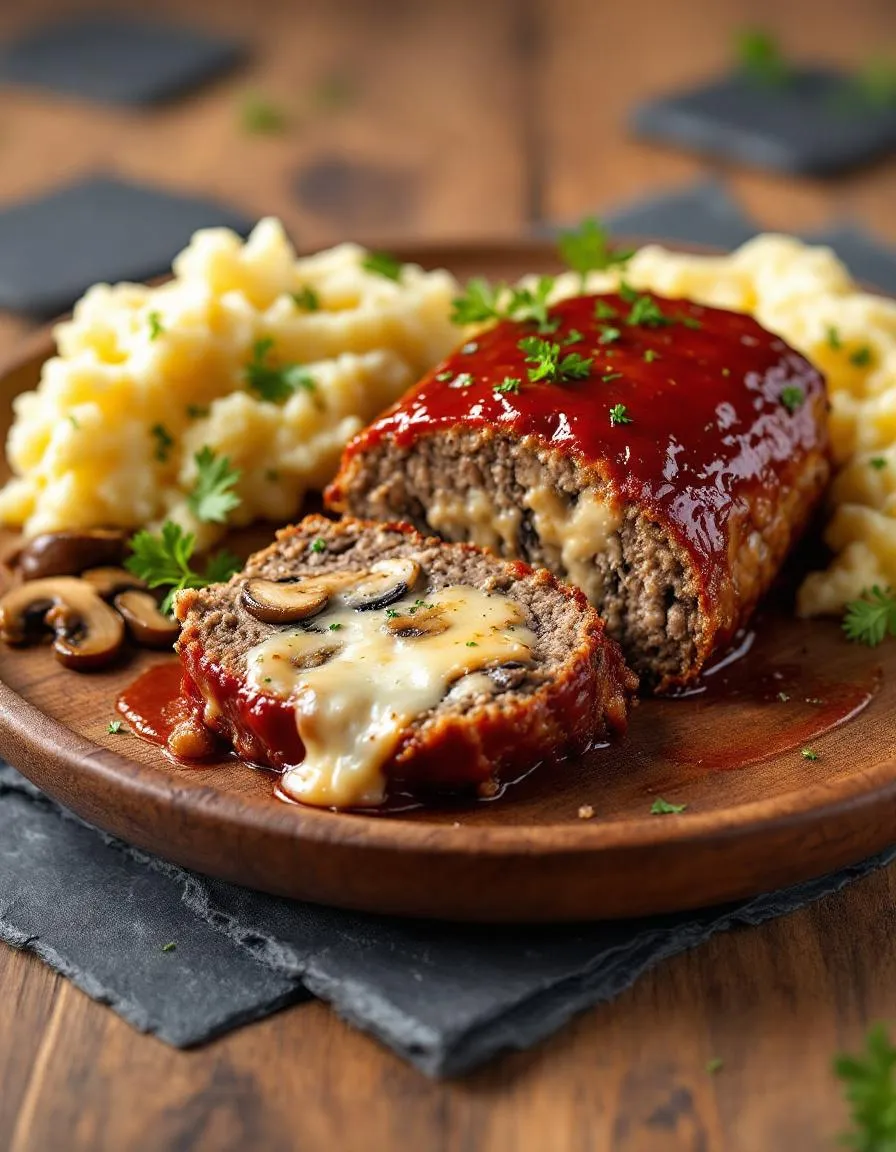
Cultural Connection and Variations
Where this recipe comes from
Mushroom Swiss Cheese Meatloaf feels like a cozy hug from grandma’s kitchen, but its roots stretch further than you might think. While meatloaf itself has German origins, the addition of earthy mushrooms and creamy Swiss cheese gives this version a distinctly American twist. In the Midwest, families often serve it as a Sunday supper staple, while Southern cooks might add a splash of Worcestershire sauce for extra depth. Meanwhile, in Switzerland, you’d find a similar comfort dish called “Fleischkäse,” though it’s typically baked in a loaf pan without the cheesy surprise inside.
In my own family, Mushroom Swiss Cheese Meatloaf became a holiday favorite after my aunt swapped the usual cheddar for Swiss and tossed in sautéed mushrooms. The result? A richer, more savory flavor that now stars at every potluck. Across the globe, variations pop up too. In Japan, they might fold in miso paste, while Italian cooks could layer in prosciutto and fontina. No matter the twist, this dish always brings people together around the table.
How it fits in today’s cooking
Today, Mushroom Swiss Cheese Meatloaf holds its own as a versatile comfort food. Busy home cooks love it for meal prep, slicing leftovers for sandwiches or crumbling them into pasta. Others turn it into a showstopper for holidays, pairing it with garlic mashed potatoes or a crisp green salad. Modern twists keep it fresh too, like using ground turkey or plant-based meat for a lighter take. For weeknight wins, try serving it with a side of roasted veggies or even stuffing it into a fluffy dinner roll.
If you’re craving more cozy recipes, our comfort food classics roundup has plenty of inspiration. And for those nights when time’s tight, our quick-fix dinners guide proves Mushroom Swiss Cheese Meatloaf can fit any schedule. Whether you stick to tradition or experiment with new flavors, this dish never goes out of style.
Taste and Texture
What makes it delicious
Mushroom Swiss Cheese Meatloaf delivers a rich, savory experience with every bite. The earthy, umami-packed mushrooms blend seamlessly with the sharp, nutty Swiss cheese, creating a deeply satisfying flavor. Meanwhile, the meatloaf stays juicy and tender, thanks to the perfect balance of ground meat and binding ingredients. As it bakes, the aroma of garlic, herbs, and melted cheese fills the kitchen, promising comfort in every slice. The gooey pockets of Swiss cheese add a creamy contrast to the meaty texture, while the caramelized edges offer a slight crispness. Whether served warm or as leftovers, Mushroom Swiss Cheese Meatloaf never fails to impress with its hearty, indulgent profile.
Boosting the flavor
For an extra flavor kick, try swapping regular button mushrooms for cremini or shiitake—their deeper taste elevates the dish. A drizzle of homemade umami sauce just before serving adds a glossy, savory finish. If you love heat, mix in a teaspoon of smoked paprika or top with pickled jalapeños for a spicy twist. Pairing Mushroom Swiss Cheese Meatloaf with a tangy creamy Dijon dressing on the side balances its richness beautifully. Experiment with fresh thyme or rosemary for an herby aroma that complements the cheese and mushrooms perfectly.
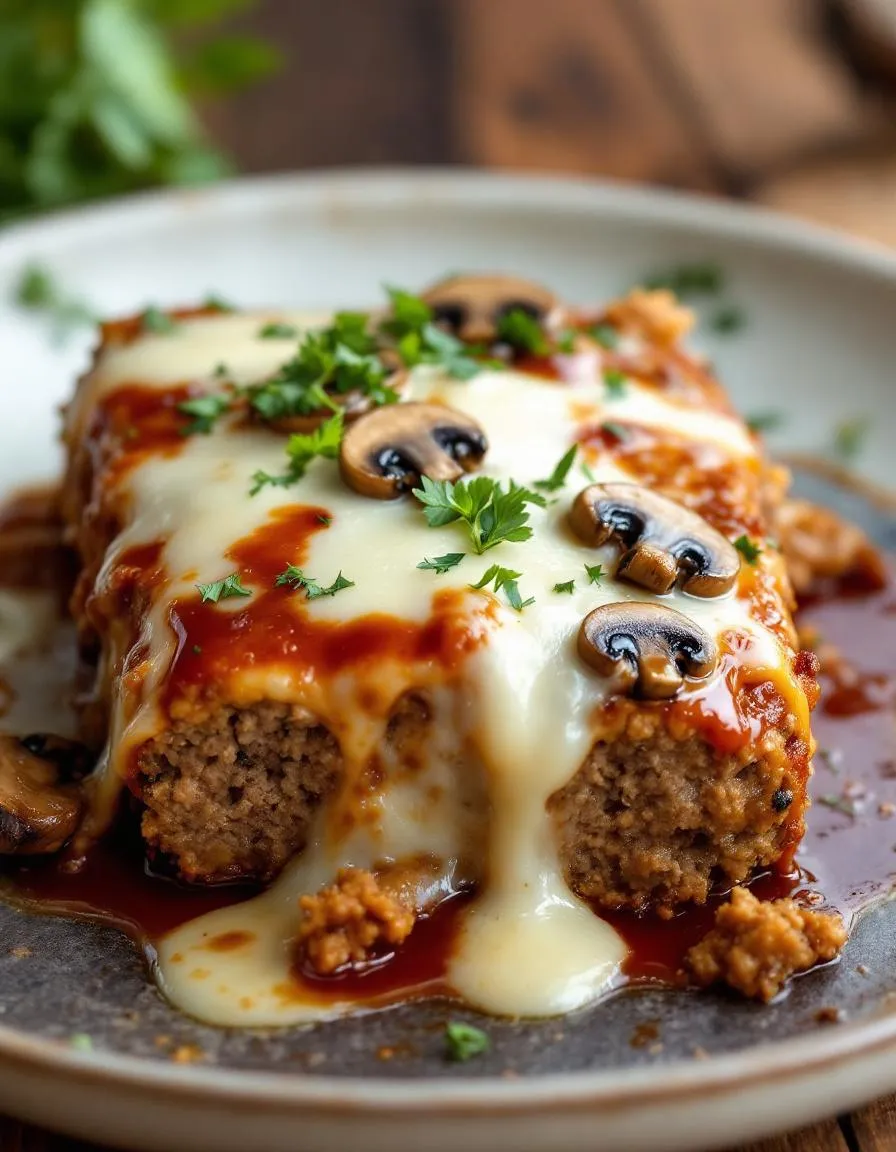
Tips for Success
Best practices for results
Always preheat your oven before baking Mushroom Swiss Cheese Meatloaf to ensure even cooking. For the best texture, gently mix the ingredients just until combined—overworking the meat can make it dense. Additionally, let the meatloaf rest for 10 minutes after baking so the juices redistribute. If you love extra flavor, try sautéing the mushrooms before adding them to the mixture. Finally, use a meat thermometer to check for an internal temperature of 160°F for perfect doneness every time.
Mistakes to avoid
Avoid packing the meatloaf mixture too tightly into the pan, as this can lead to a dry, tough texture. Instead, lightly shape it for a tender result. Also, don’t skip the breadcrumbs or binder—they help retain moisture, so your Mushroom Swiss Cheese Meatloaf stays juicy. For more tips on keeping meatloaf moist, check out our guide on meatloaf moisture tricks. Another common mistake is slicing the meatloaf too soon; patience ensures neat slices. If you’re unsure about seasoning, review our balanced seasoning guide to nail the flavor every time.
Serving and Pairing Suggestions
How to serve this dish
Slice your Mushroom Swiss Cheese Meatloaf into thick, even portions to showcase its juicy interior and cheesy layers. For a rustic touch, serve it on a wooden board with a drizzle of warm gravy and a sprinkle of fresh thyme. Alternatively, plate individual slices alongside vibrant roasted vegetables for a colorful contrast. This dish shines at family dinners, but it also makes a hearty centerpiece for holiday gatherings. To elevate the presentation, garnish with sautéed mushrooms or a light dusting of parsley.
What goes well with it
Pair Mushroom Swiss Cheese Meatloaf with creamy garlic mashed potatoes for a comforting, classic combo. The rich flavors also balance well with a crisp side like our roasted asparagus, adding a fresh crunch. For drinks, try a medium-bodied red wine or a cold craft beer to complement the savory notes. If you prefer lighter fare, our herb garden salad offers a refreshing contrast to the meatloaf’s richness.
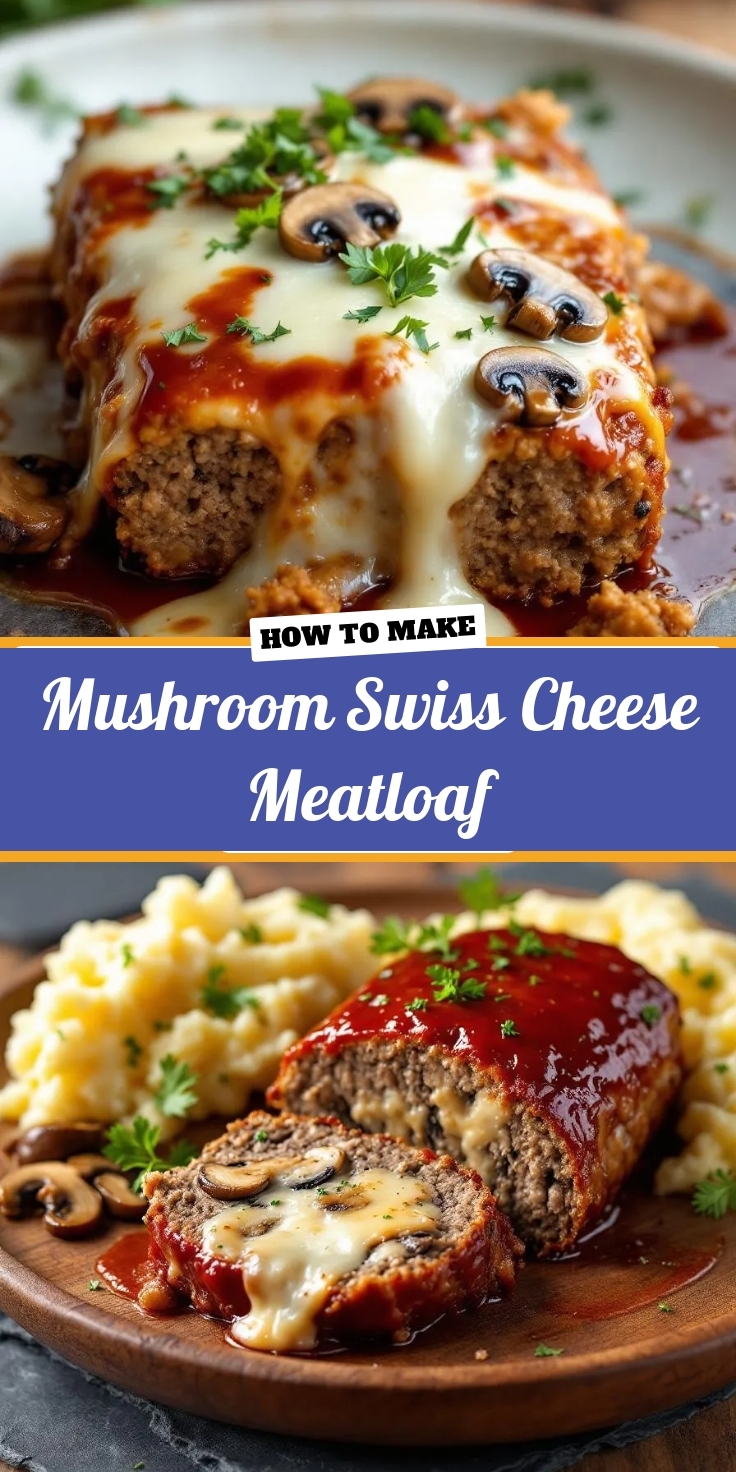
To keep your Mushroom Swiss Cheese Meatloaf moist, mix in sautéed mushrooms and a bit of milk or broth with the ground meat. Avoid overmixing the ingredients, and consider covering the meatloaf with foil for the first half of baking to lock in moisture.
Yes, you can prepare Mushroom Swiss Cheese Meatloaf ahead of time by assembling it and refrigerating for up to 24 hours before baking. For best results, let it sit at room temperature for 30 minutes before putting it in the oven.
Mushroom Swiss Cheese Meatloaf pairs perfectly with creamy mashed potatoes, roasted vegetables, or a crisp green salad. The earthy flavors of the mushrooms and Swiss cheese also complement garlic bread or buttered noodles.
To prevent Mushroom Swiss Cheese Meatloaf from crumbling, use a binding agent like eggs or breadcrumbs, and let it rest for 10-15 minutes after baking. Slicing it with a sharp, serrated knife also helps maintain its shape.


